-
 © Renault
© Renault -
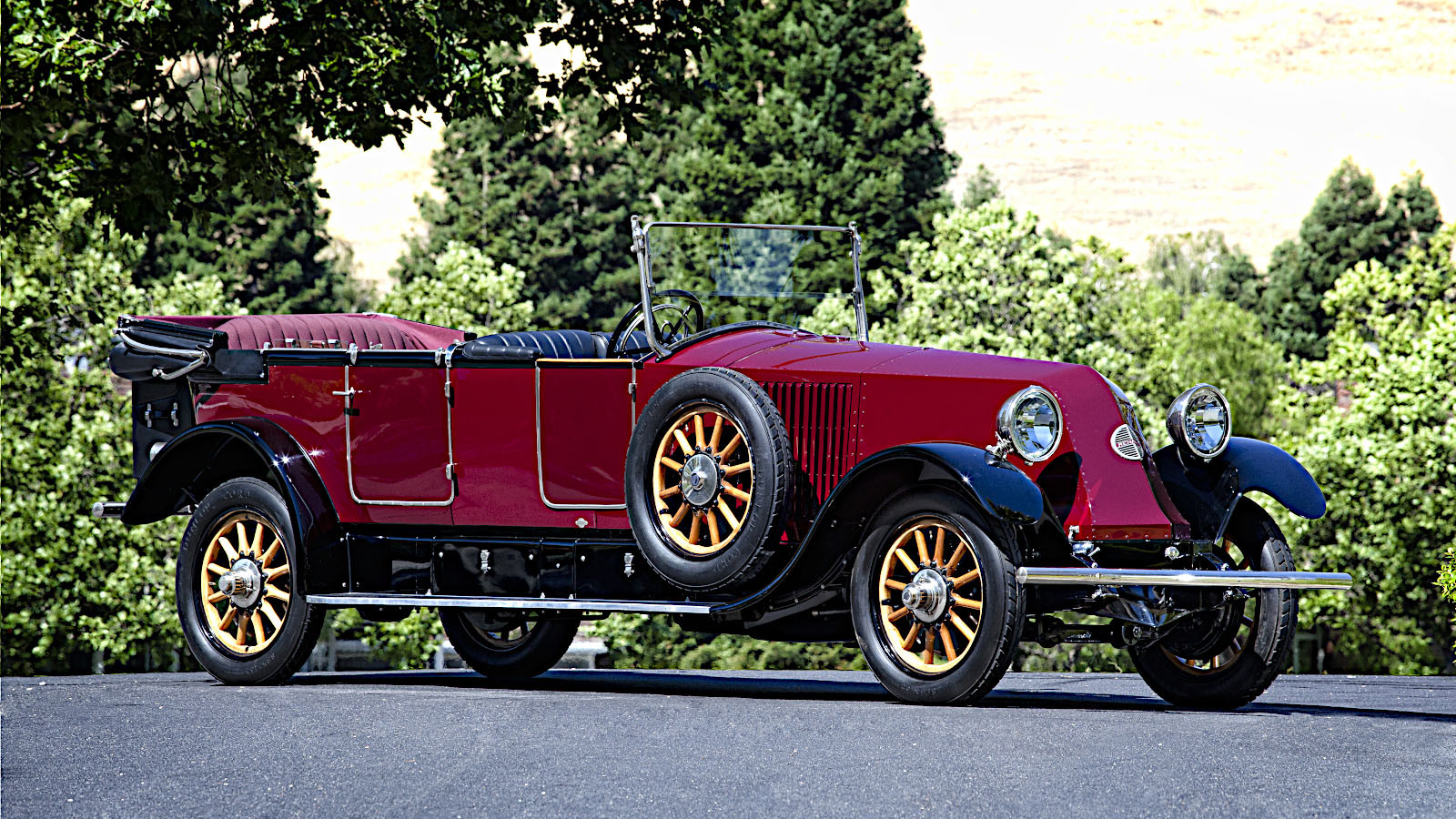 © Neil Fraser/RM Sotheby’s
© Neil Fraser/RM Sotheby’s -
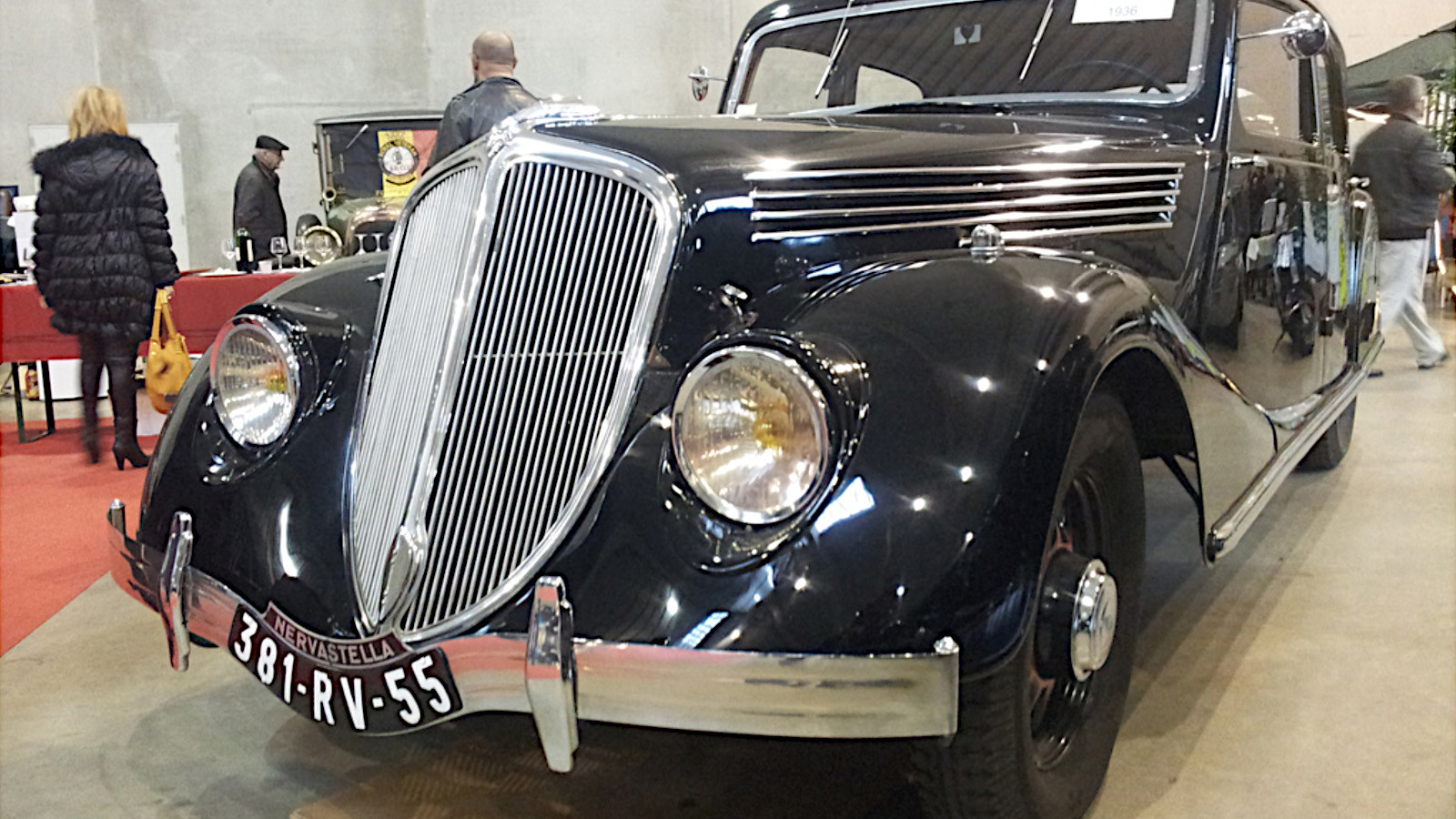 © Exxodus/Creative Commons licence https://creativecommons.org/licenses/by-sa/3.0/legalcode.en
© Exxodus/Creative Commons licence https://creativecommons.org/licenses/by-sa/3.0/legalcode.en -
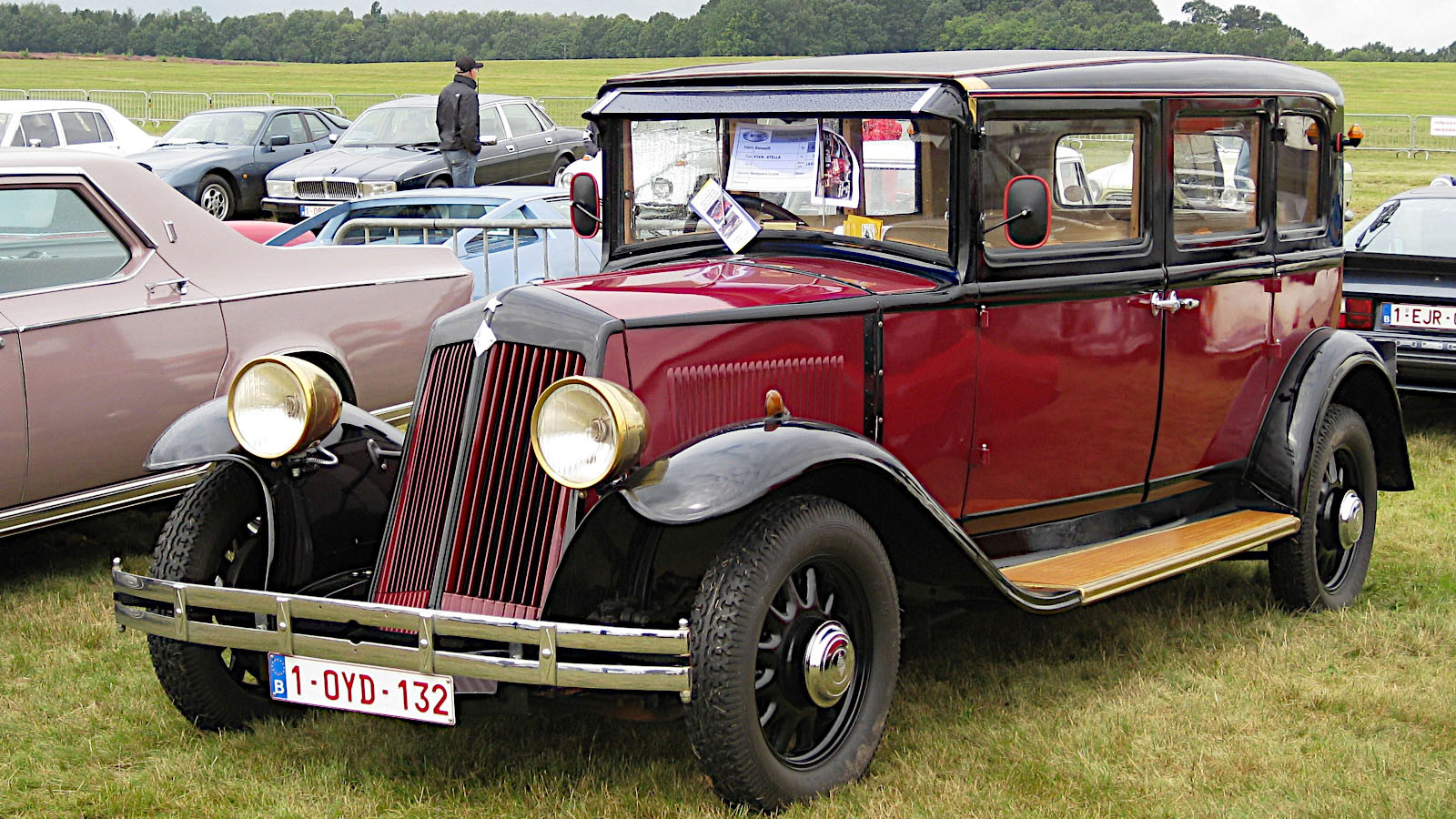 © Charles01/Creative Commons licence https://creativecommons.org/licenses/by-sa/4.0/legalcode.en
© Charles01/Creative Commons licence https://creativecommons.org/licenses/by-sa/4.0/legalcode.en -
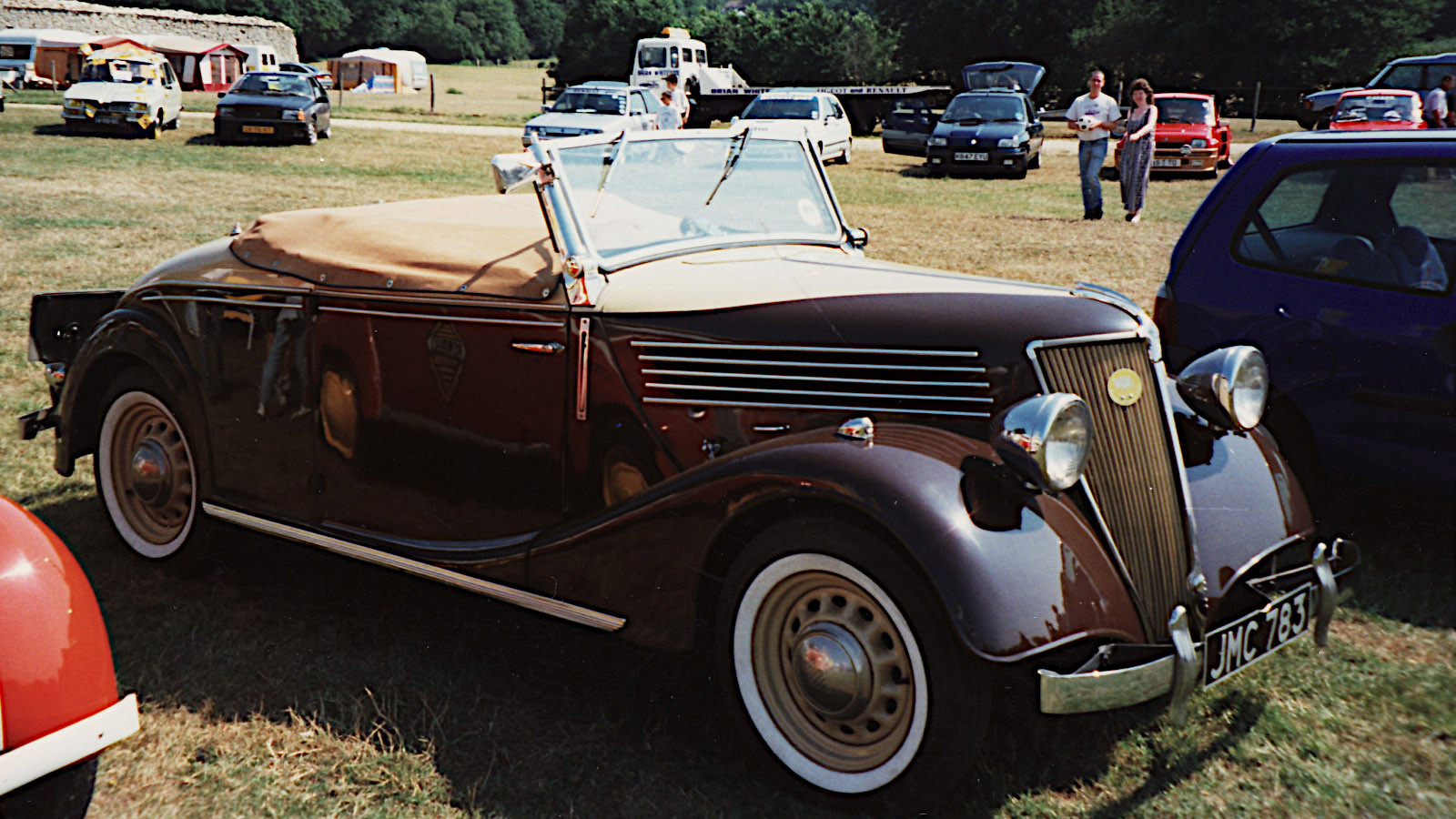 © Andrew Bone/Creative Commons licence https://creativecommons.org/licenses/by/2.0/legalcode.en
© Andrew Bone/Creative Commons licence https://creativecommons.org/licenses/by/2.0/legalcode.en -
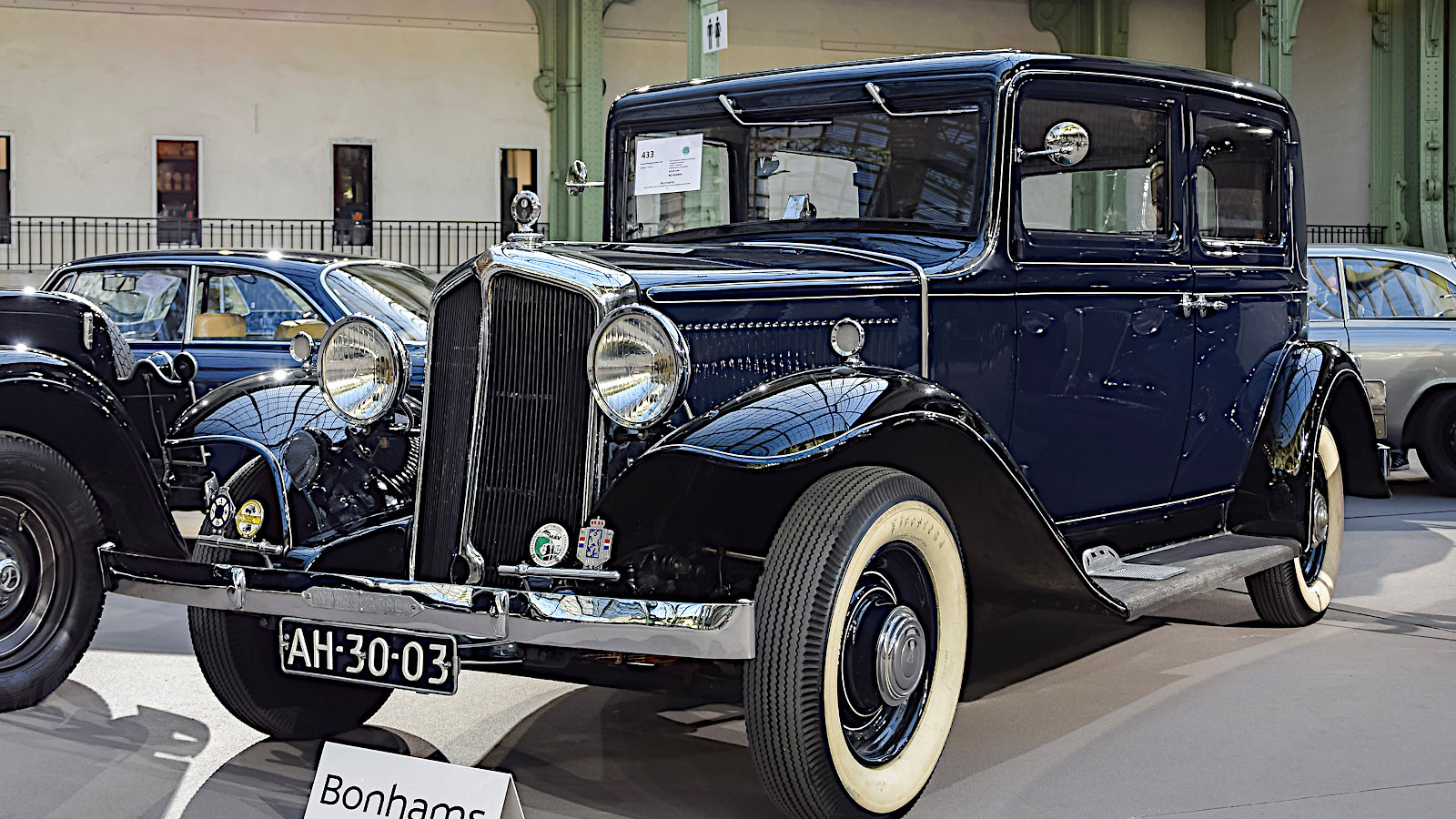 © Alexandre Prevot/Creative Commons licence https://creativecommons.org/licenses/by-sa/2.0/legalcode.en
© Alexandre Prevot/Creative Commons licence https://creativecommons.org/licenses/by-sa/2.0/legalcode.en -
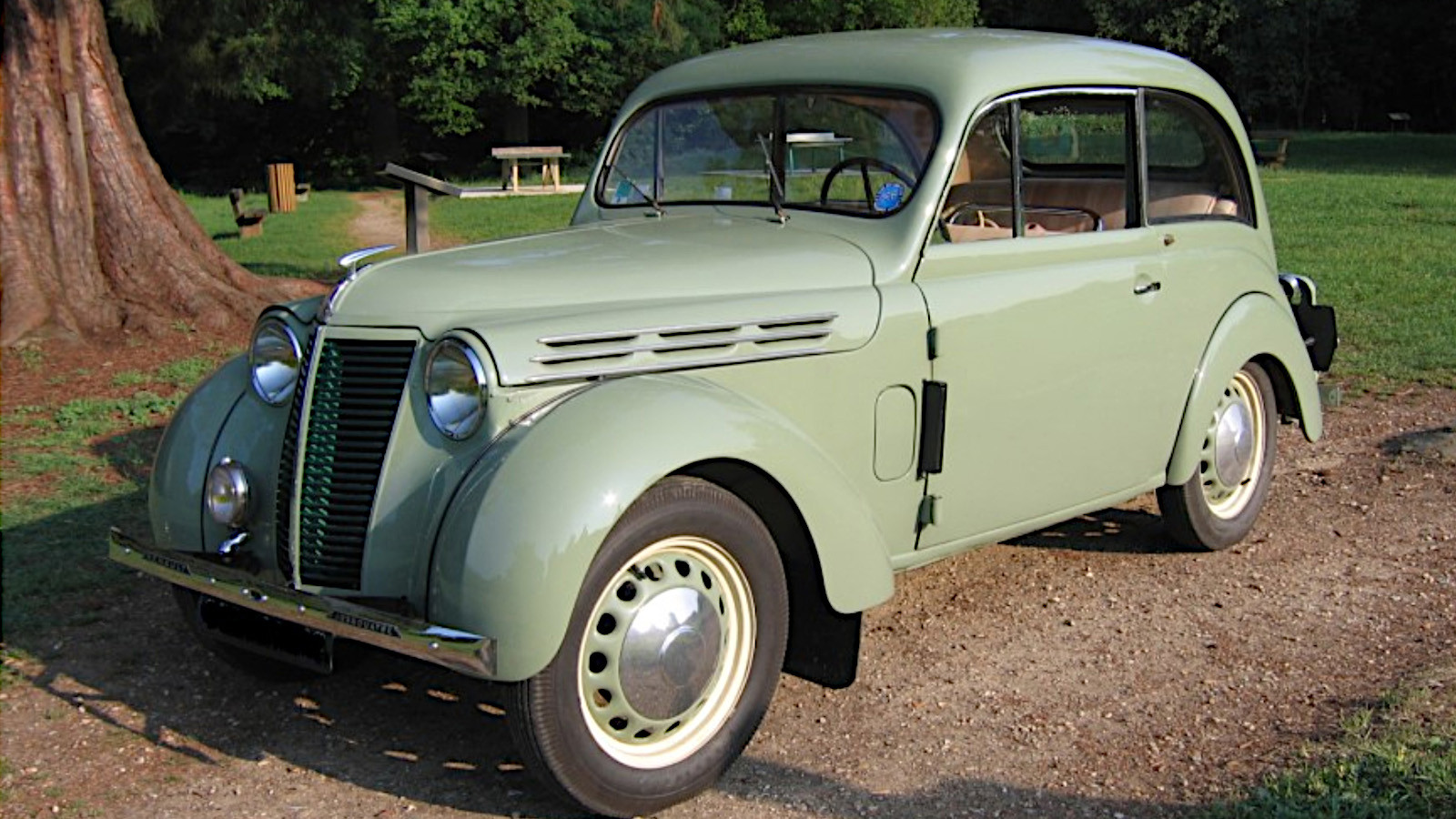 © Marc Sliwowski/Creative Commons licence https://creativecommons.org/licenses/by-sa/3.0/legalcode.en
© Marc Sliwowski/Creative Commons licence https://creativecommons.org/licenses/by-sa/3.0/legalcode.en -
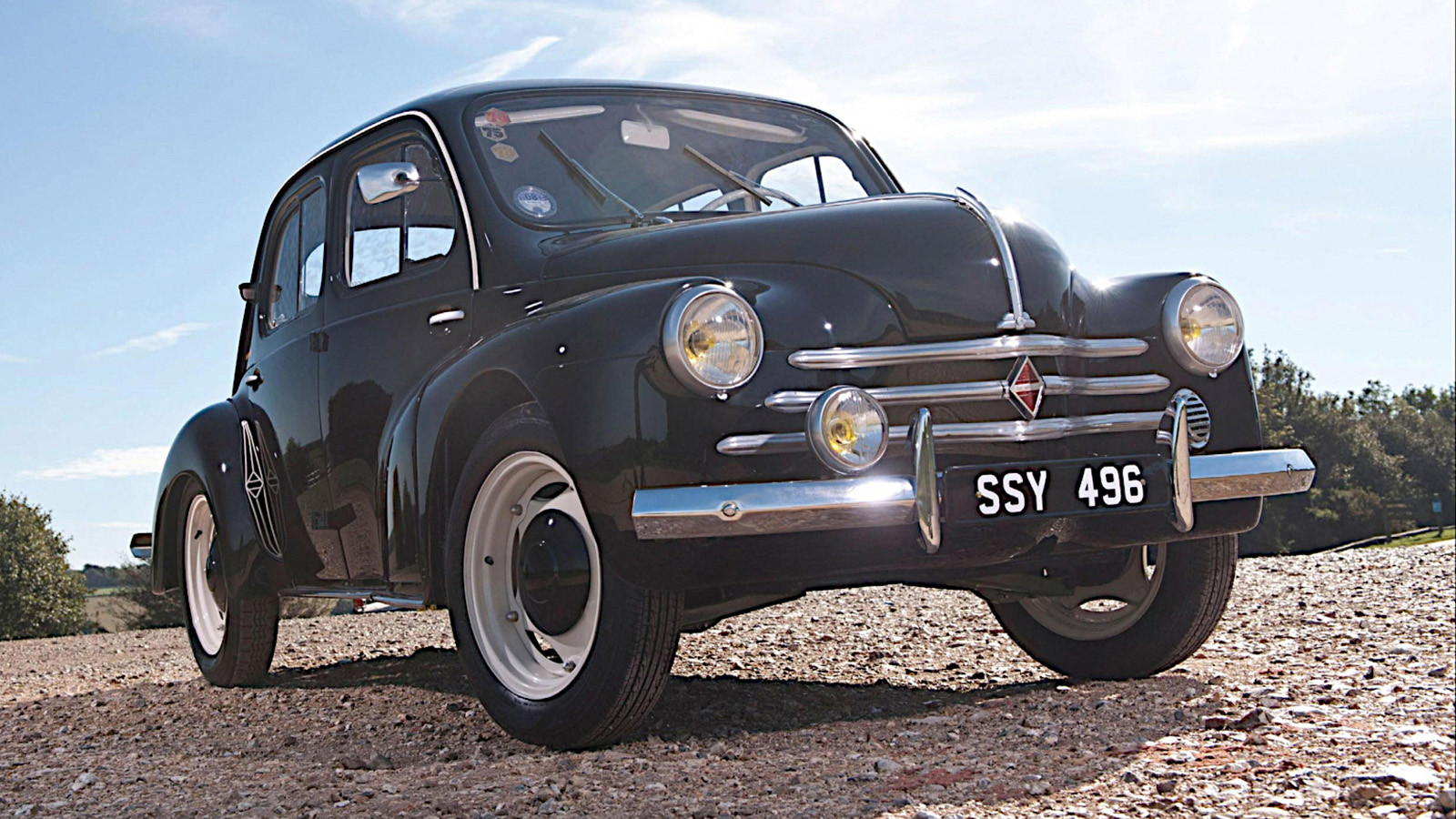 © RM Sotheby’s
© RM Sotheby’s -
 © Renault
© Renault -
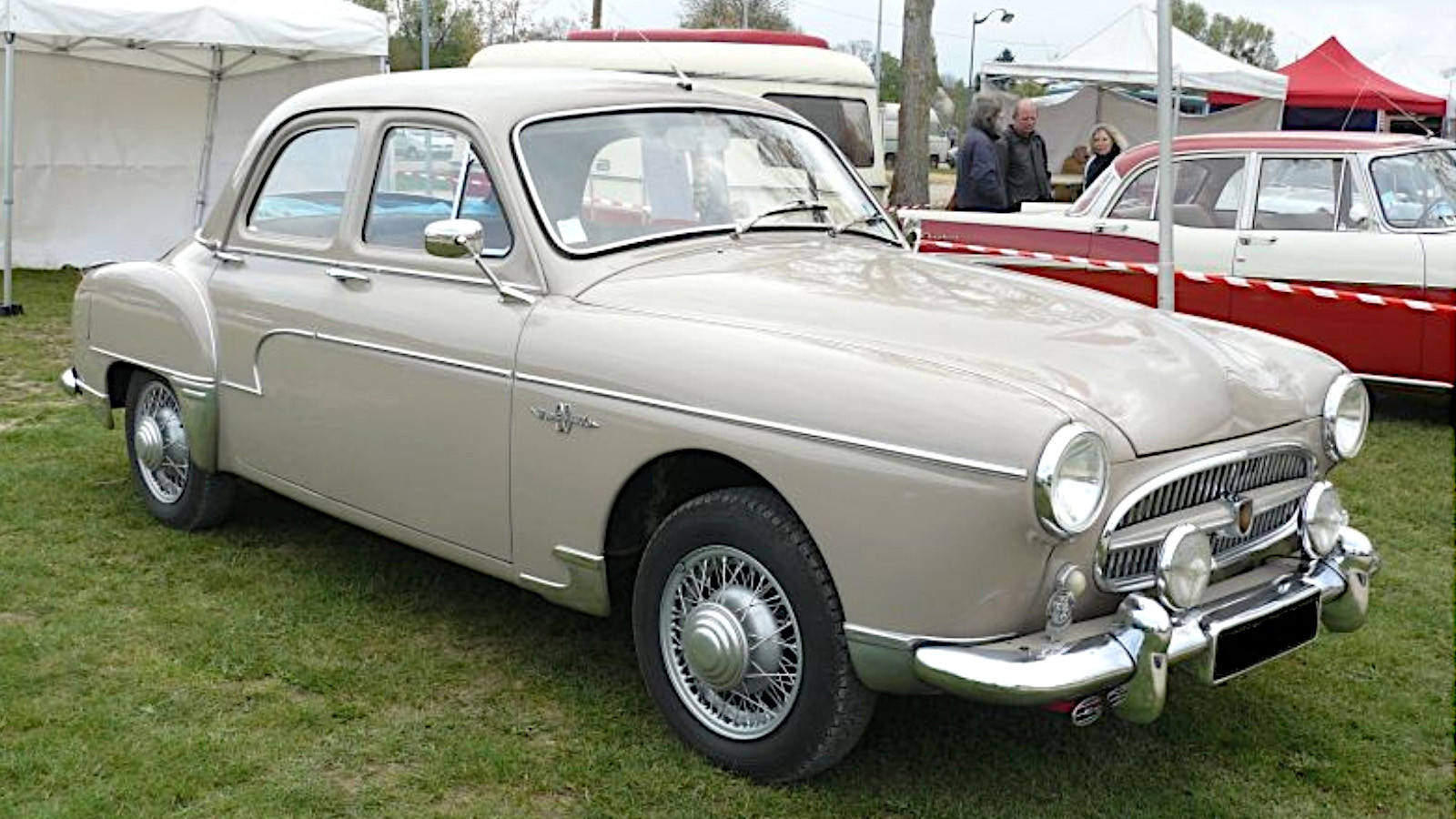 © Lebubu93/Creative Commons licence https://creativecommons.org/licenses/by-sa/3.0/legalcode.en
© Lebubu93/Creative Commons licence https://creativecommons.org/licenses/by-sa/3.0/legalcode.en -
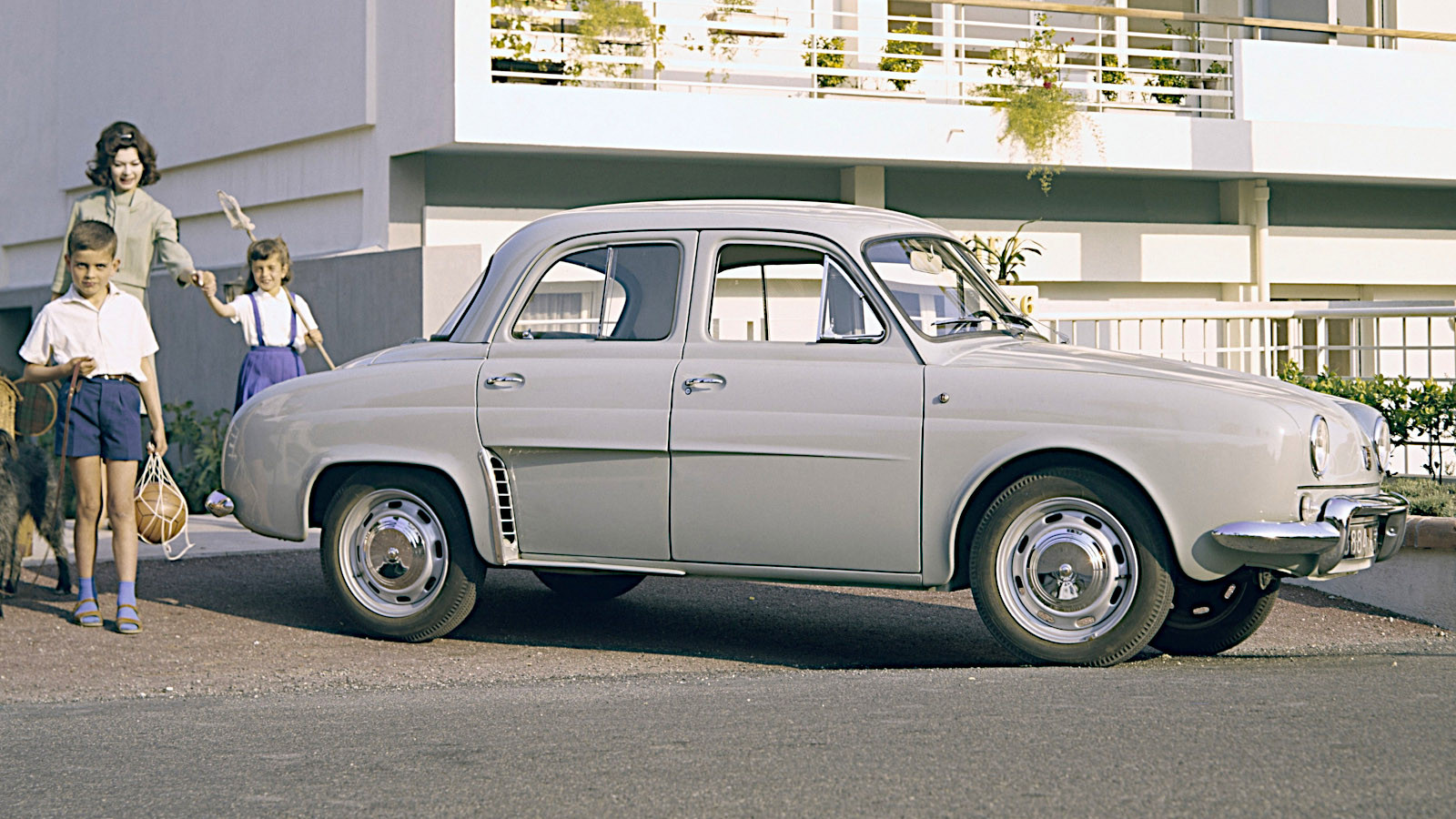 © Renault
© Renault -
 © Will Williams/Classic & Sports Car
© Will Williams/Classic & Sports Car -
 © Renault
© Renault -
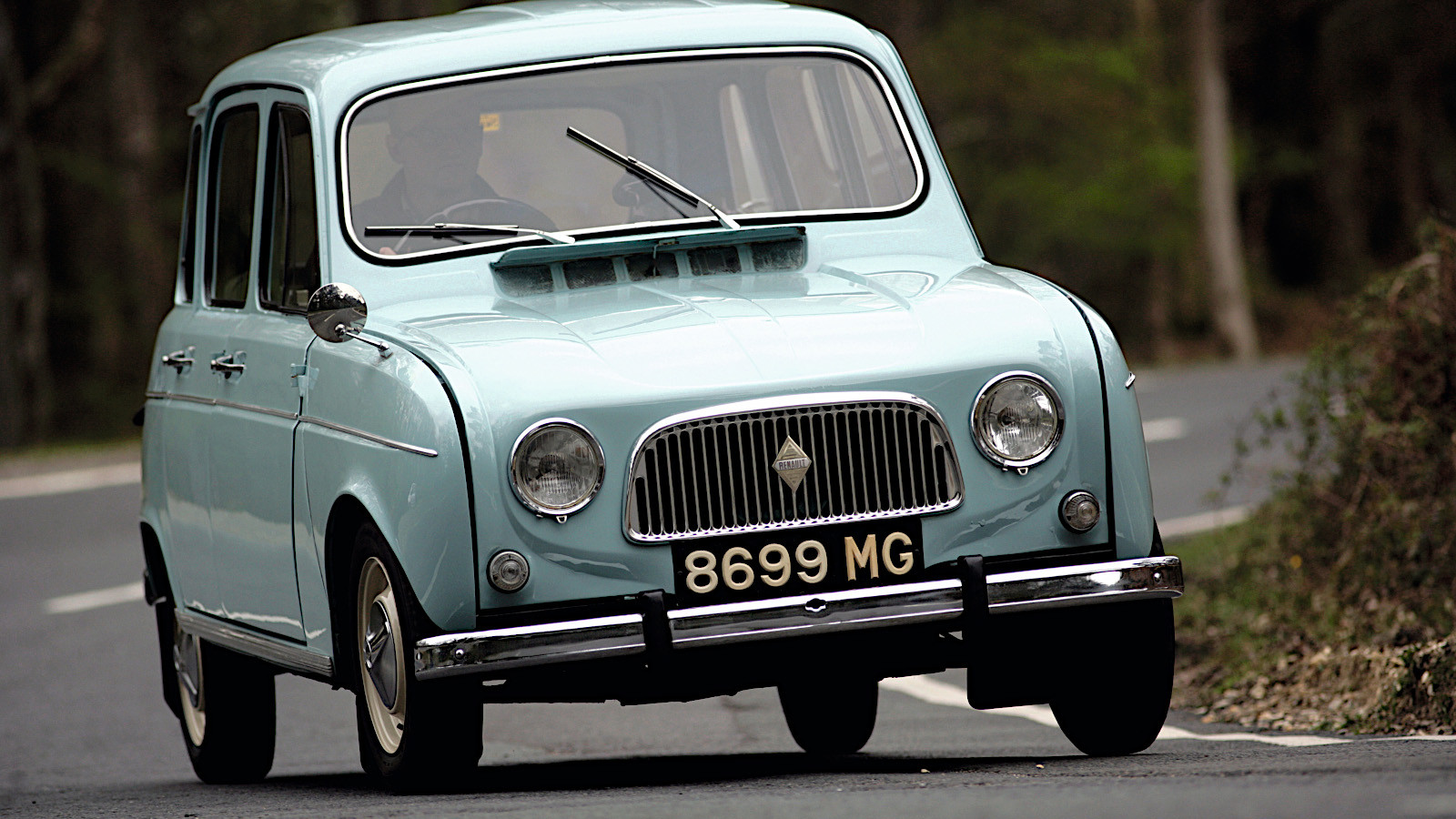 © Classic & Sports Car
© Classic & Sports Car -
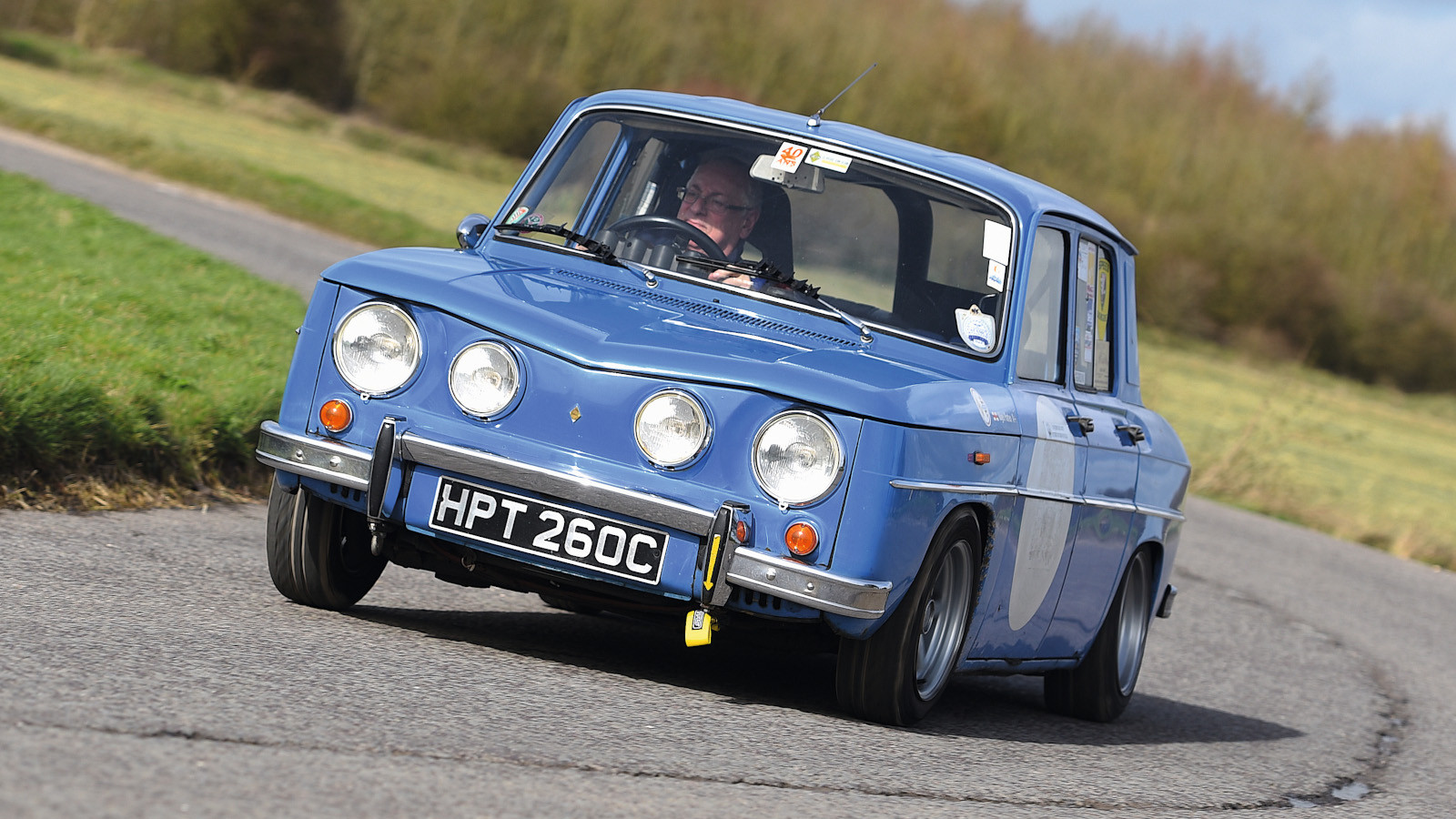 © Will Williams/Classic & Sports Car
© Will Williams/Classic & Sports Car -
 © Tony Baker/Classic & Sports Car
© Tony Baker/Classic & Sports Car -
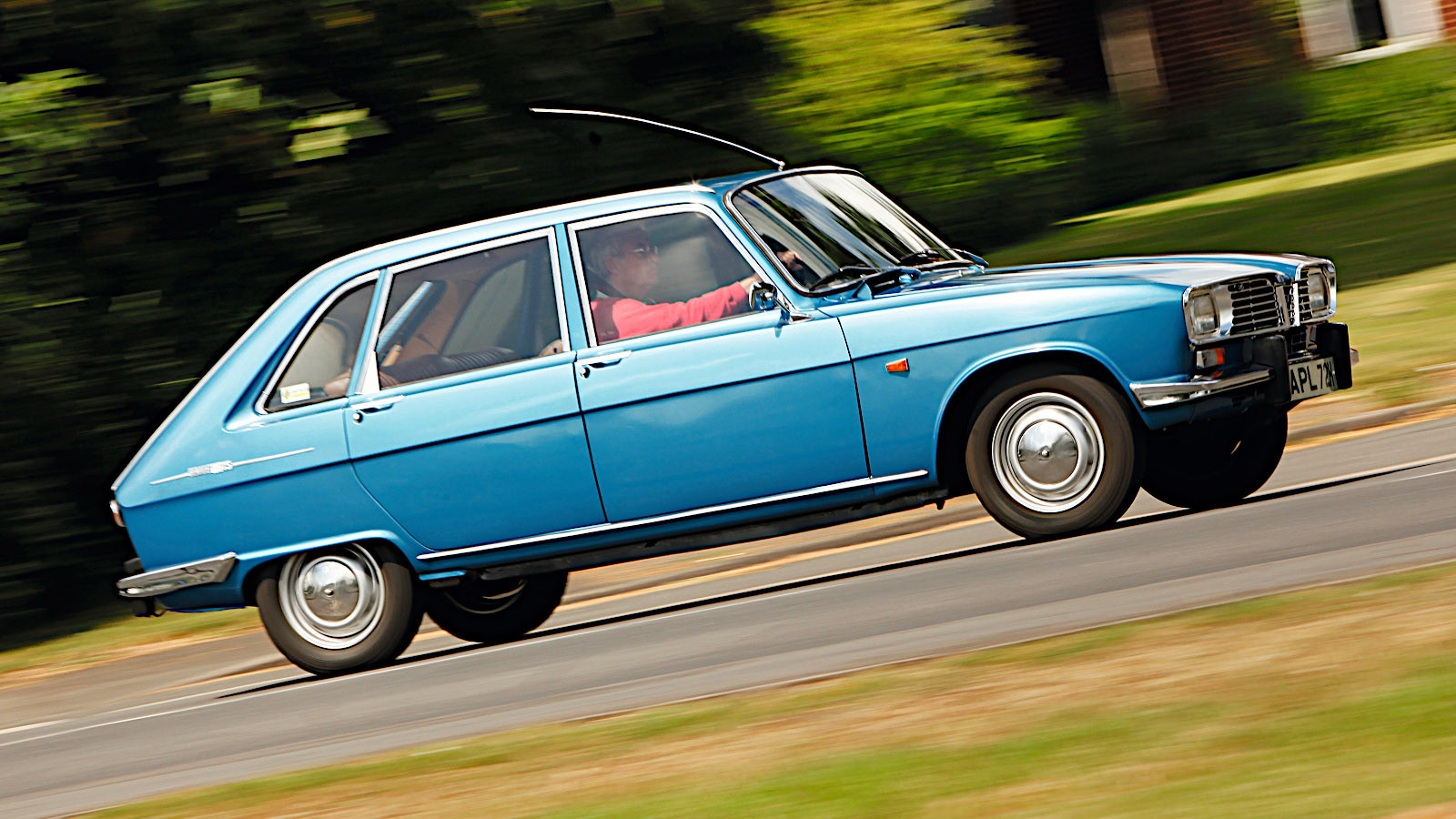 © Tony Baker/Classic & Sports Car
© Tony Baker/Classic & Sports Car -
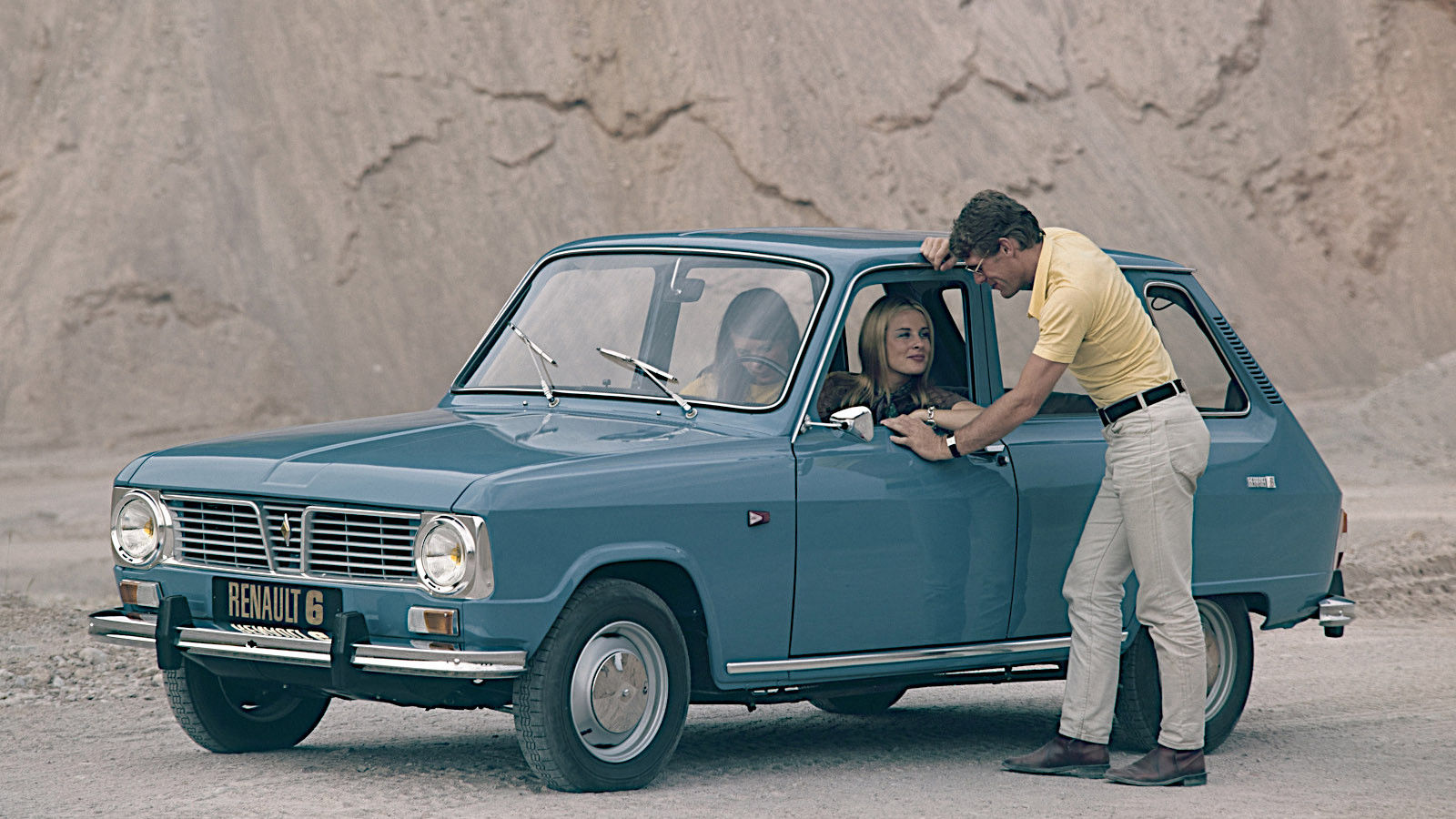 © Renault
© Renault -
 © Renault
© Renault -
 © Matthias v.d. Elbe/Creative Commons licence https://creativecommons.org/licenses/by-sa/4.0/legalcode
© Matthias v.d. Elbe/Creative Commons licence https://creativecommons.org/licenses/by-sa/4.0/legalcode -
 © Renault
© Renault -
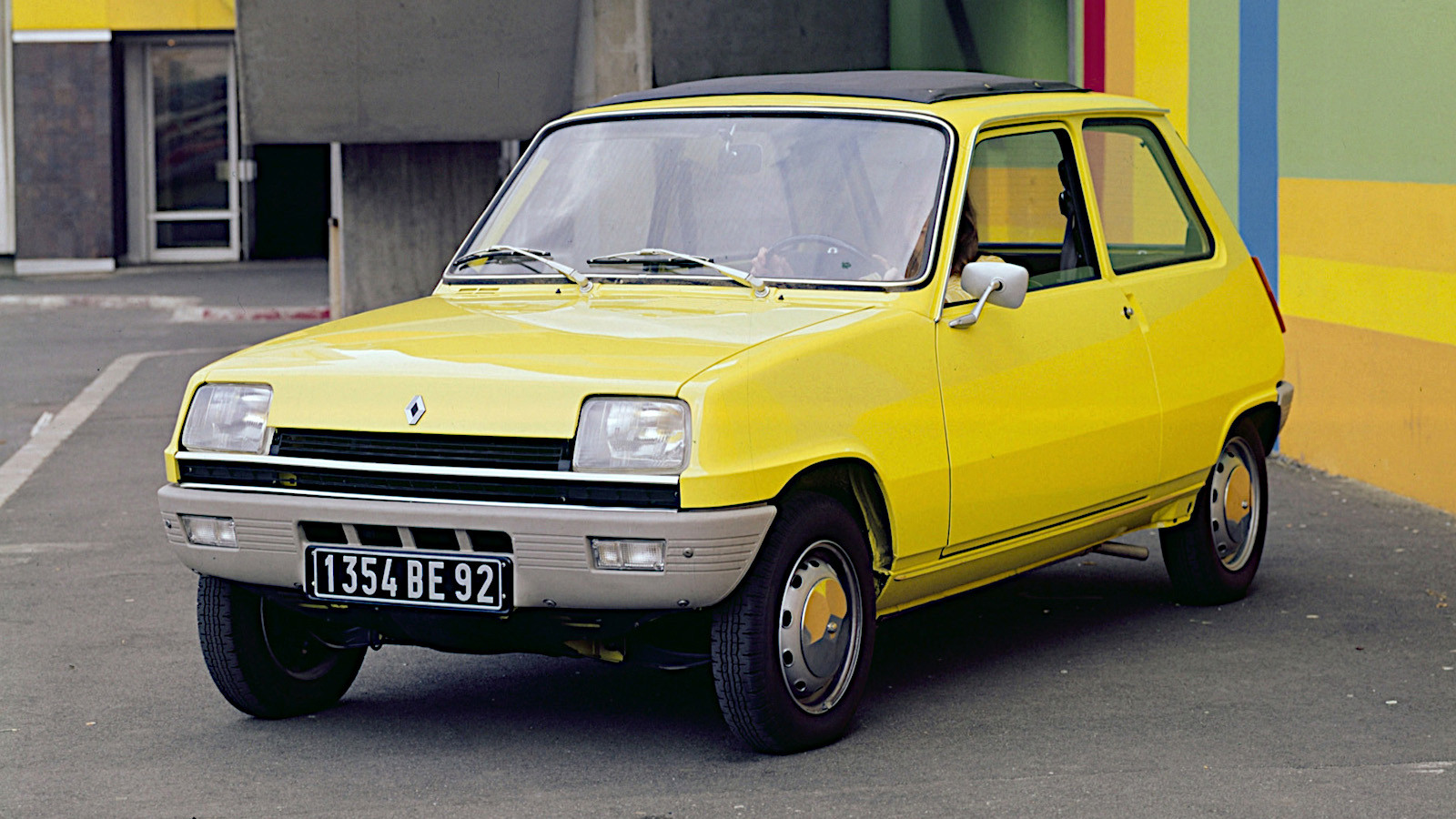 © Renault
© Renault -
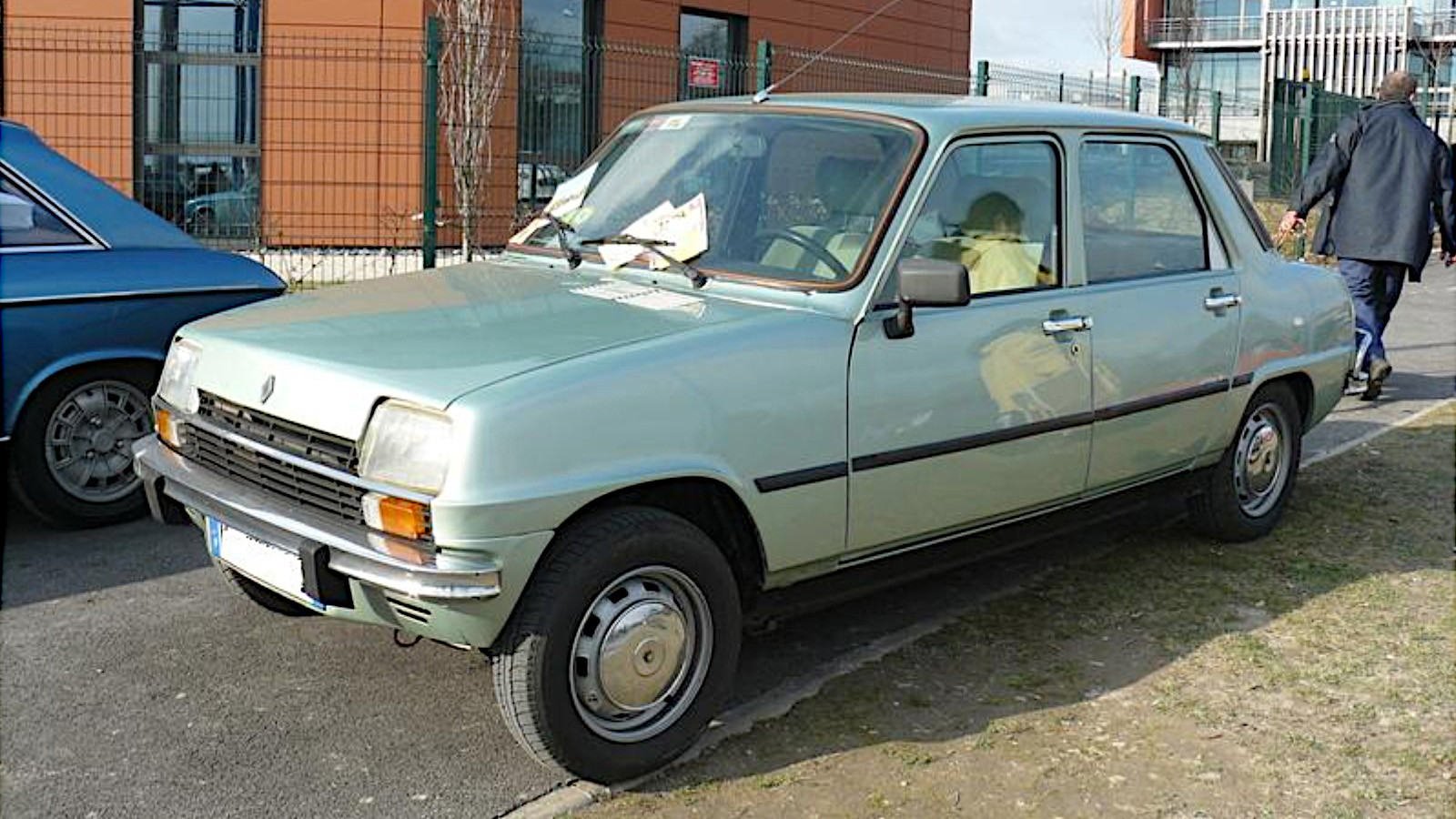 © Lebubu93/Creative Commons licence https://creativecommons.org/licenses/by-sa/3.0/legalcode
© Lebubu93/Creative Commons licence https://creativecommons.org/licenses/by-sa/3.0/legalcode -
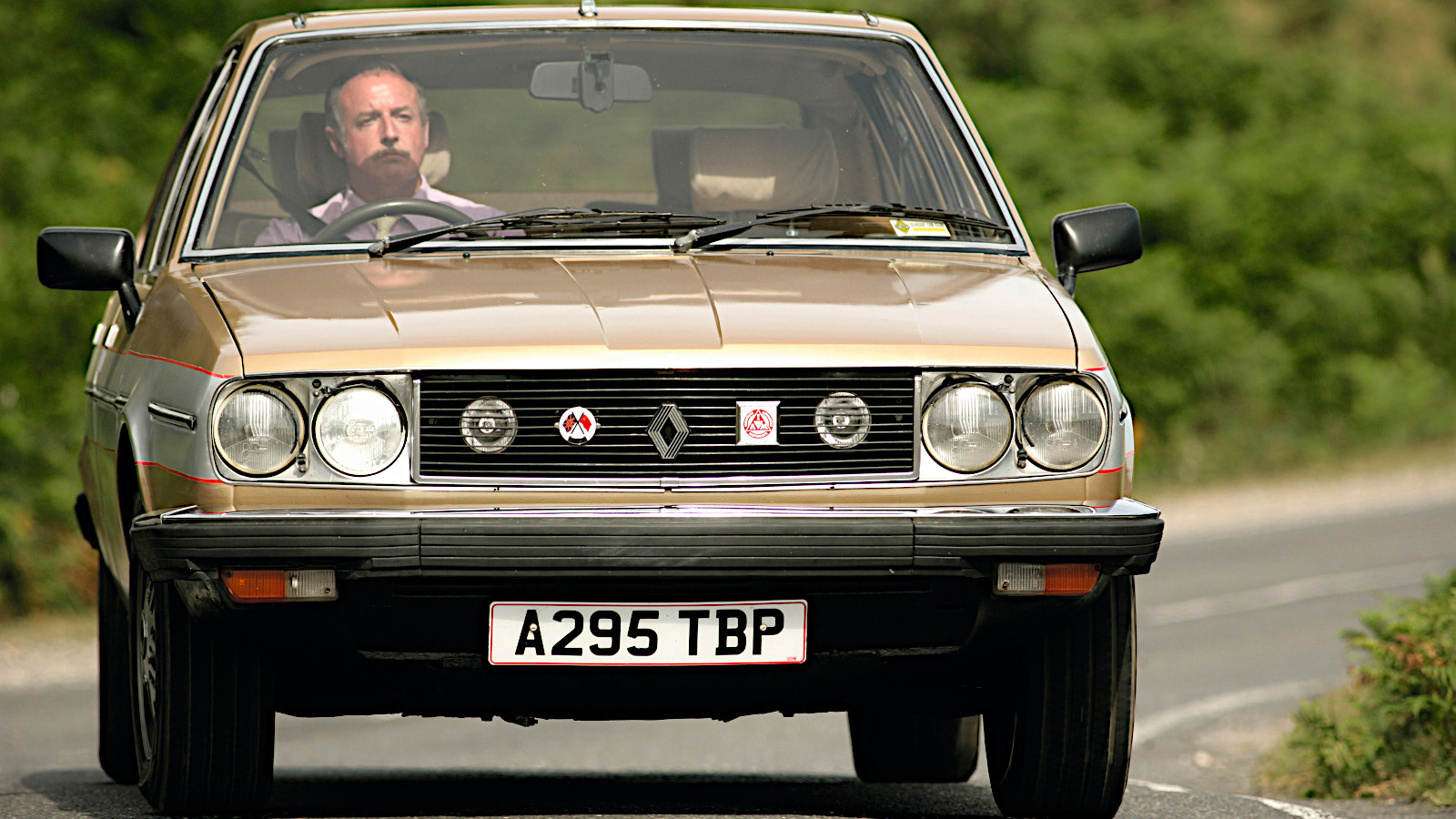 © Tony Baker/Classic & Sports Car
© Tony Baker/Classic & Sports Car -
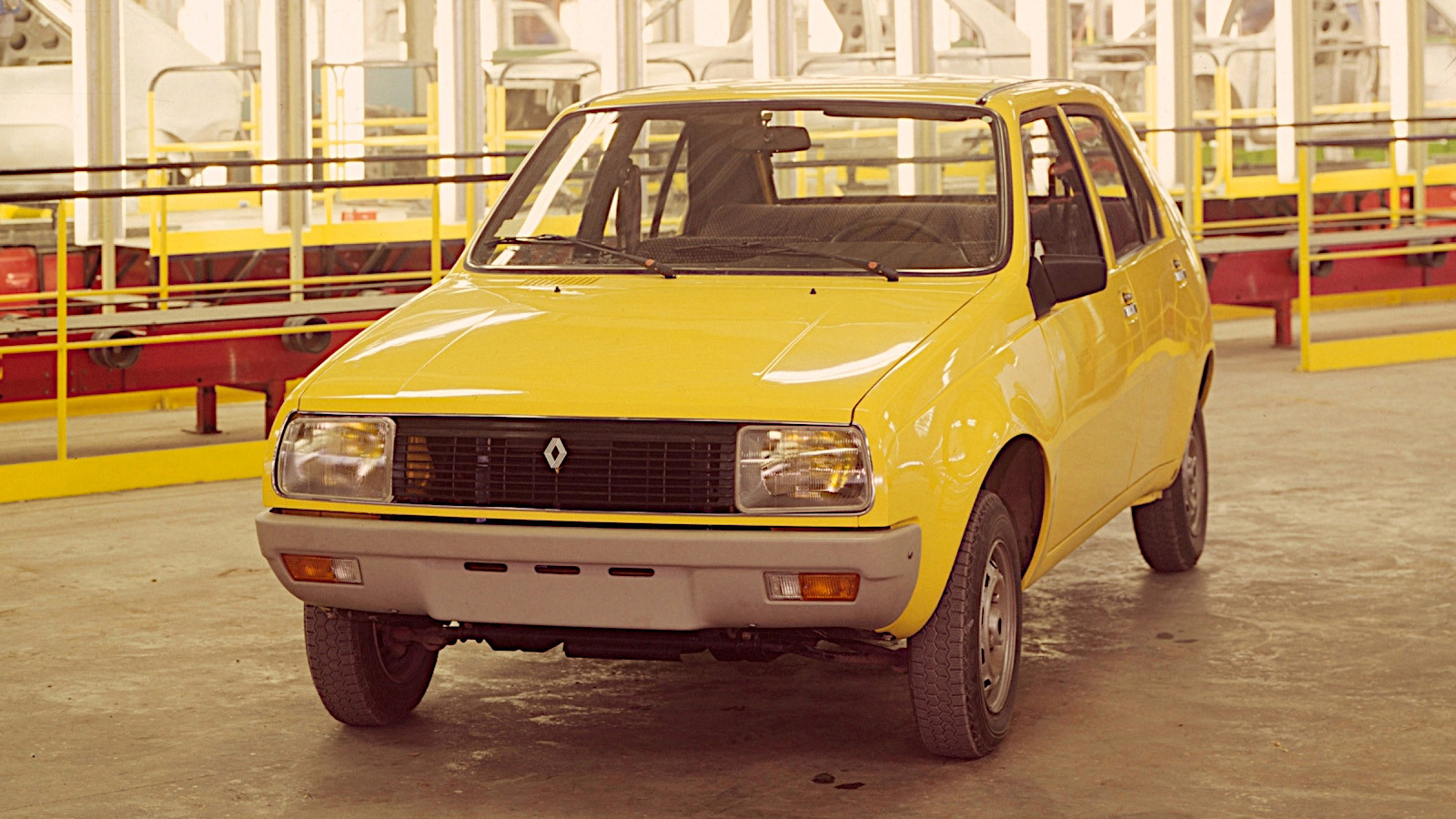 © Renault
© Renault -
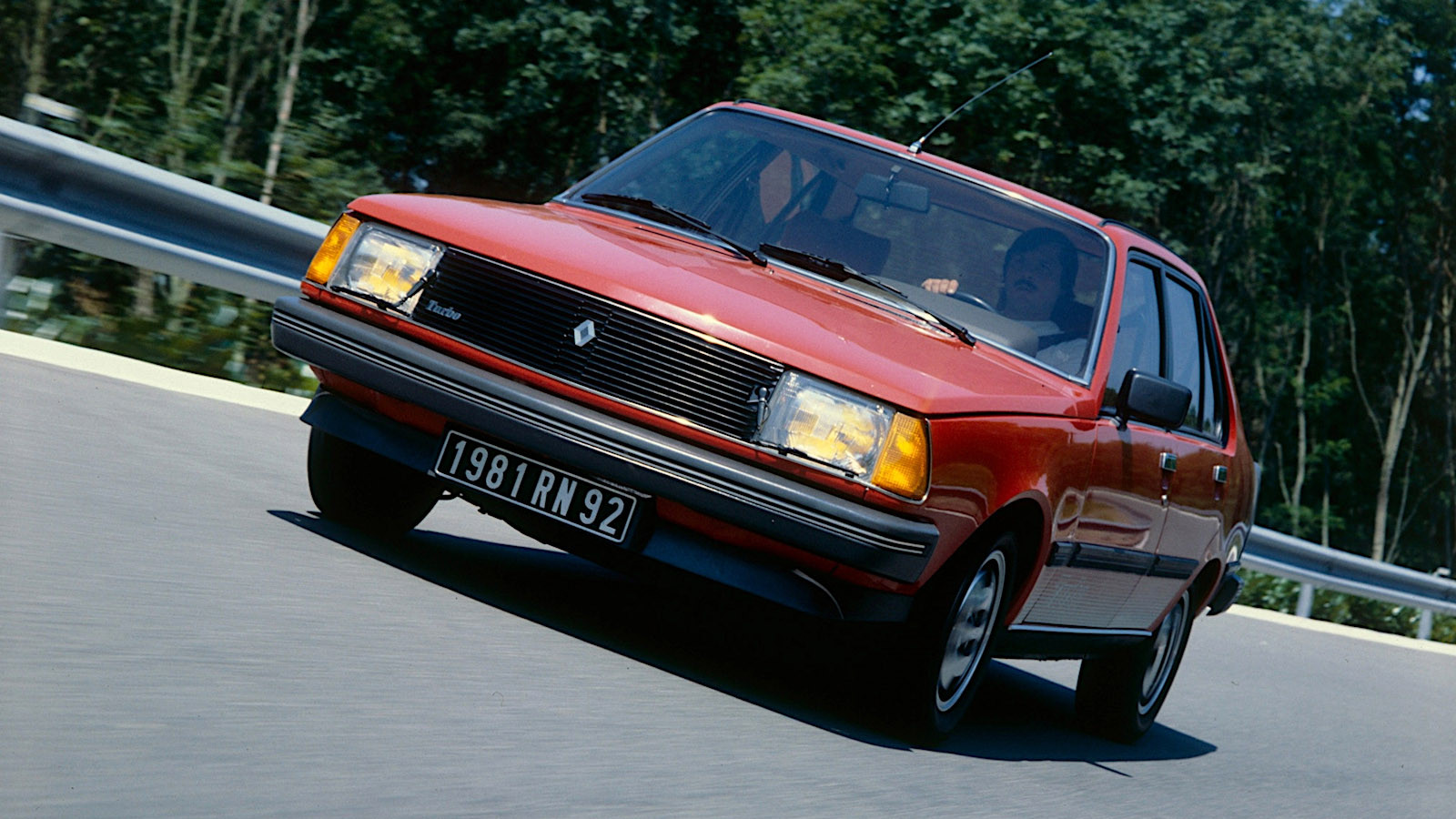 © Renault
© Renault -
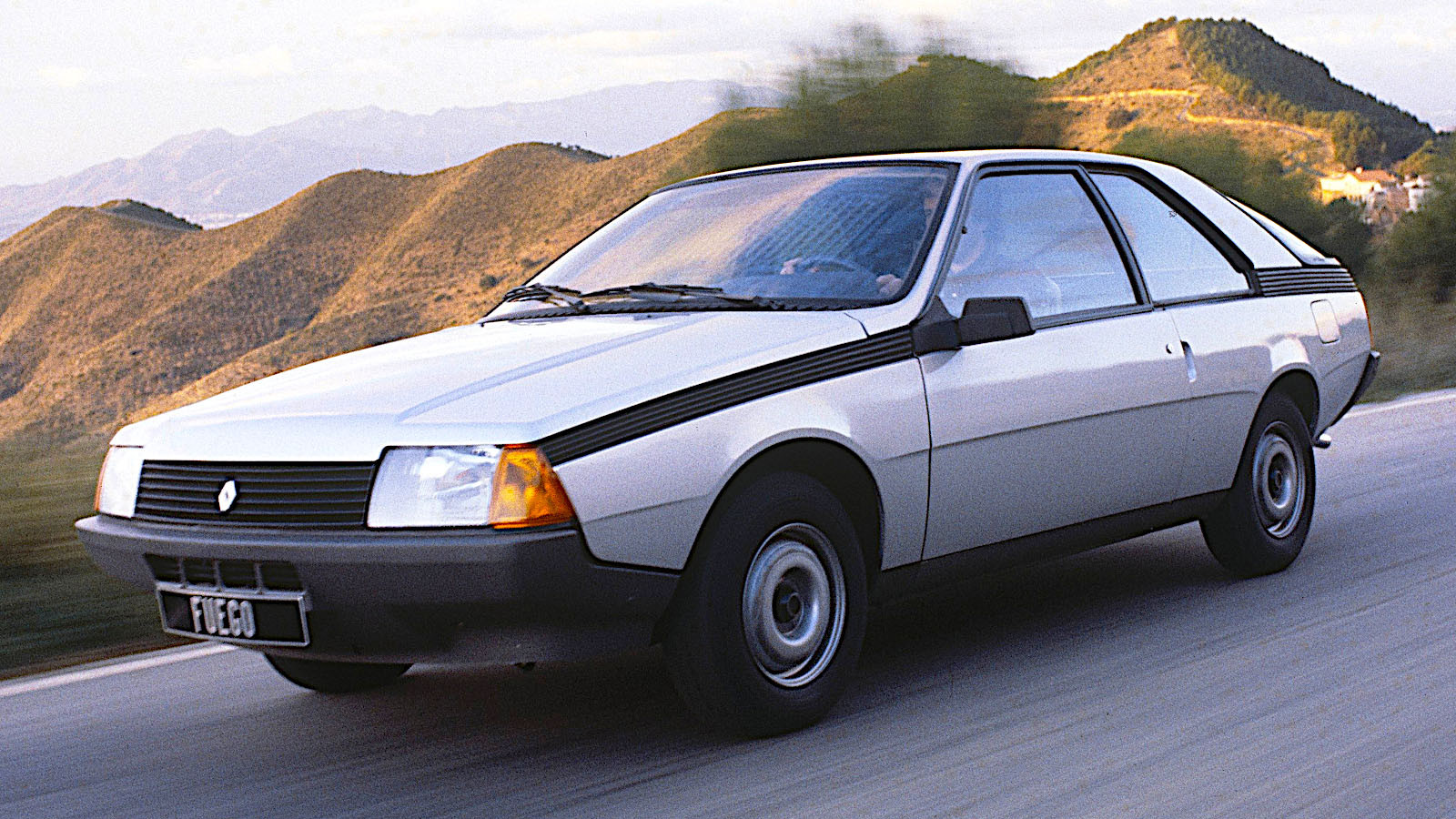 © Renault
© Renault -
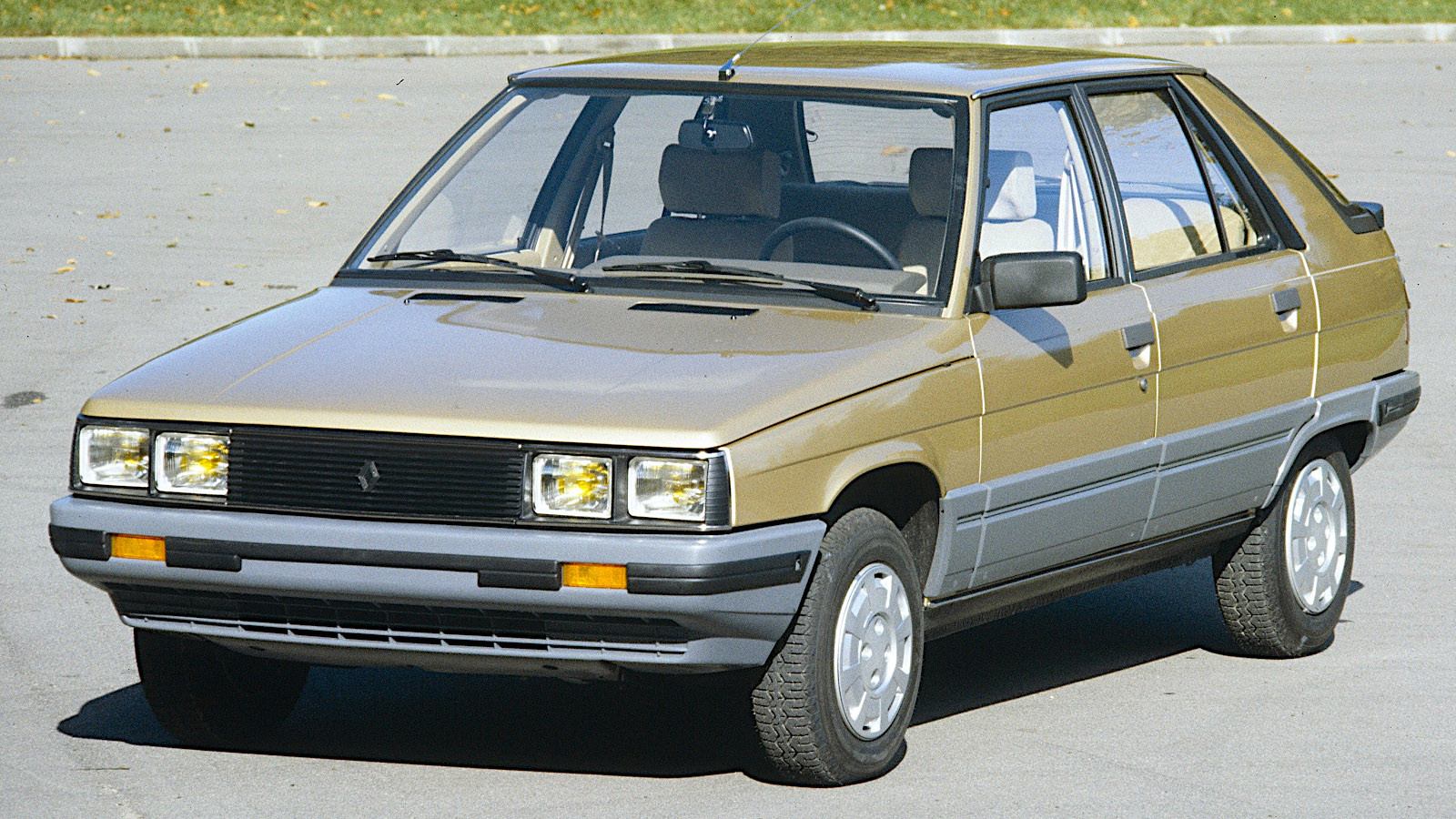 © Renault
© Renault -
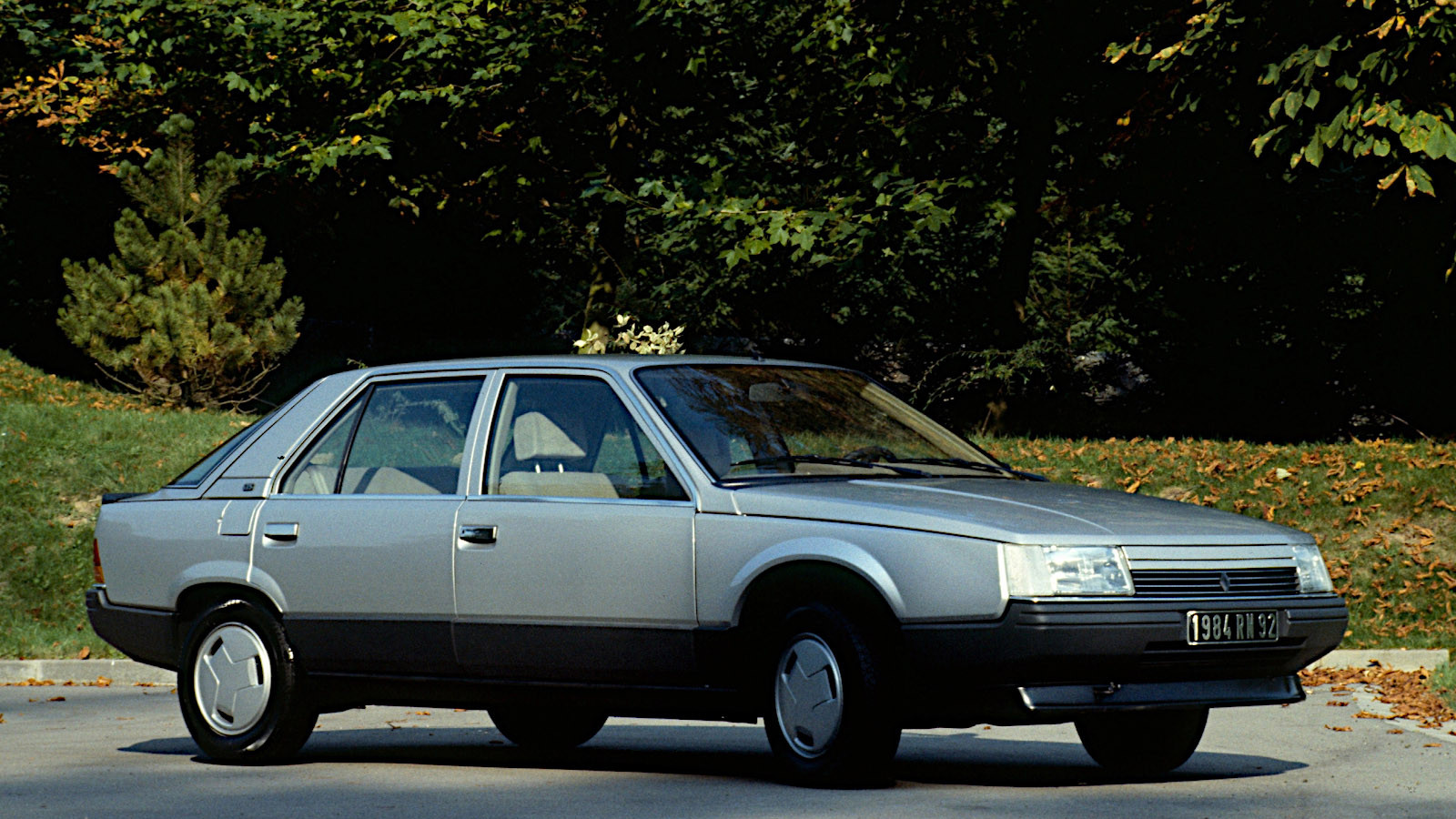 © Renault
© Renault -
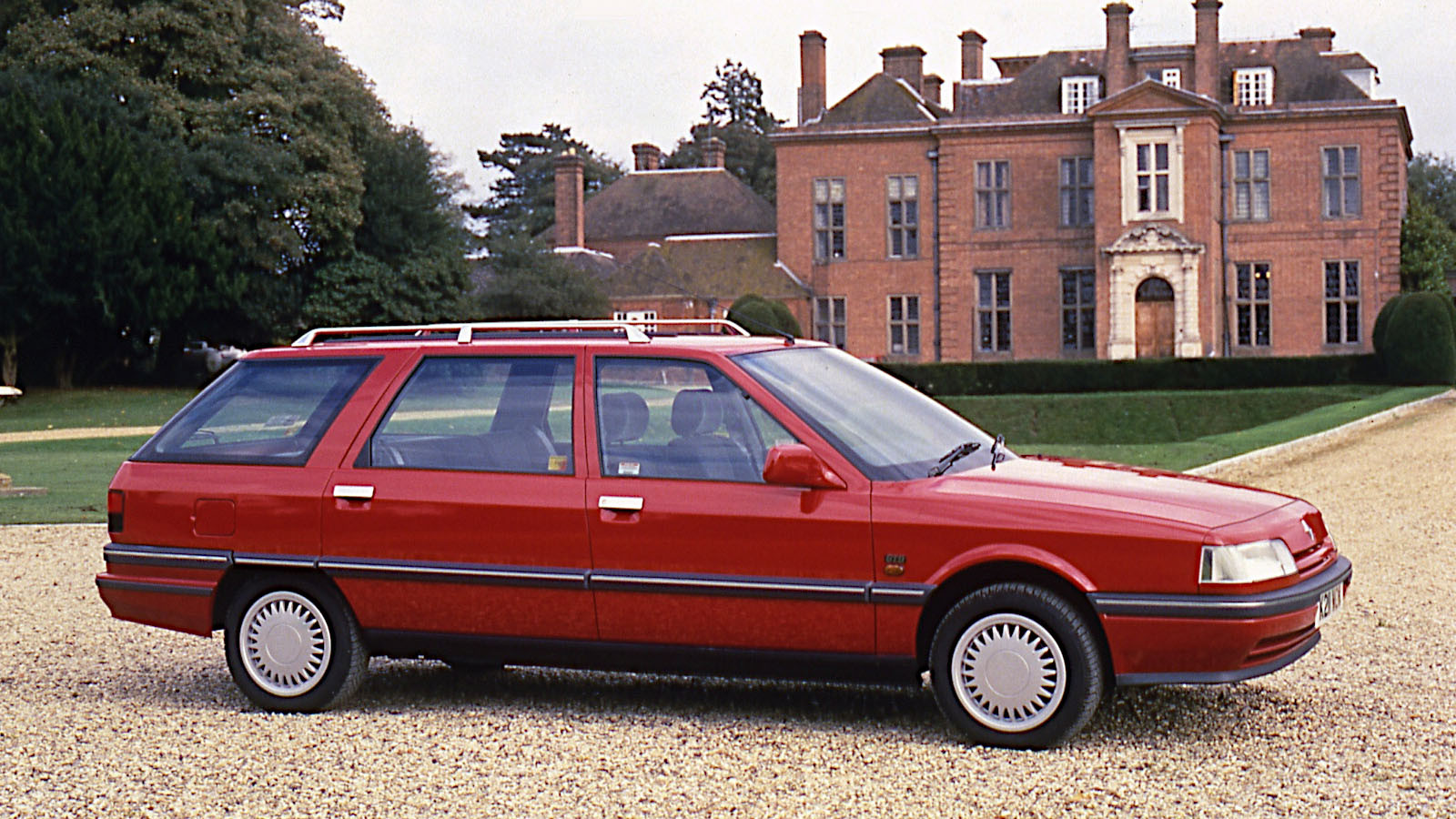 © Renault
© Renault -
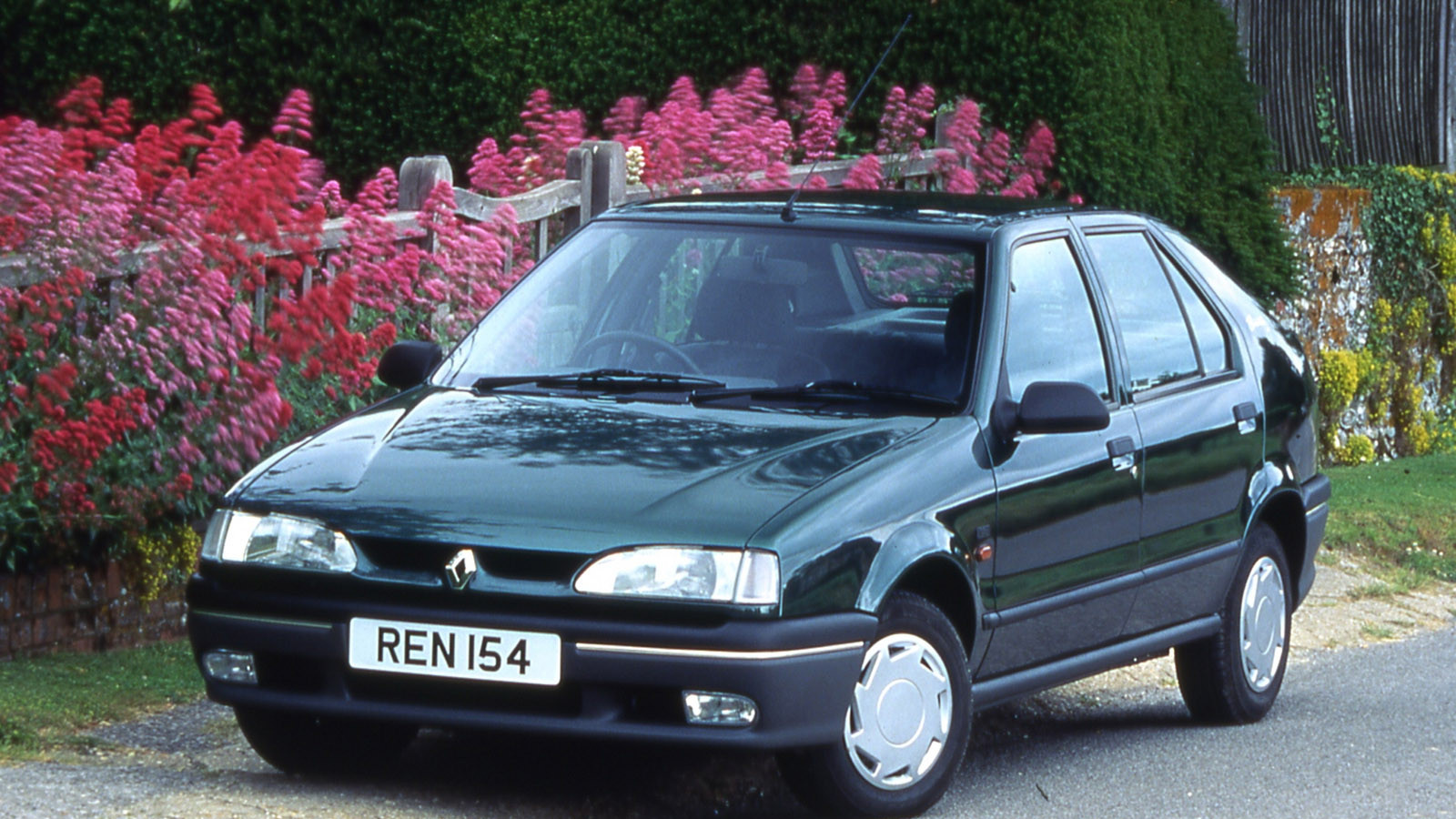 © Renault
© Renault -
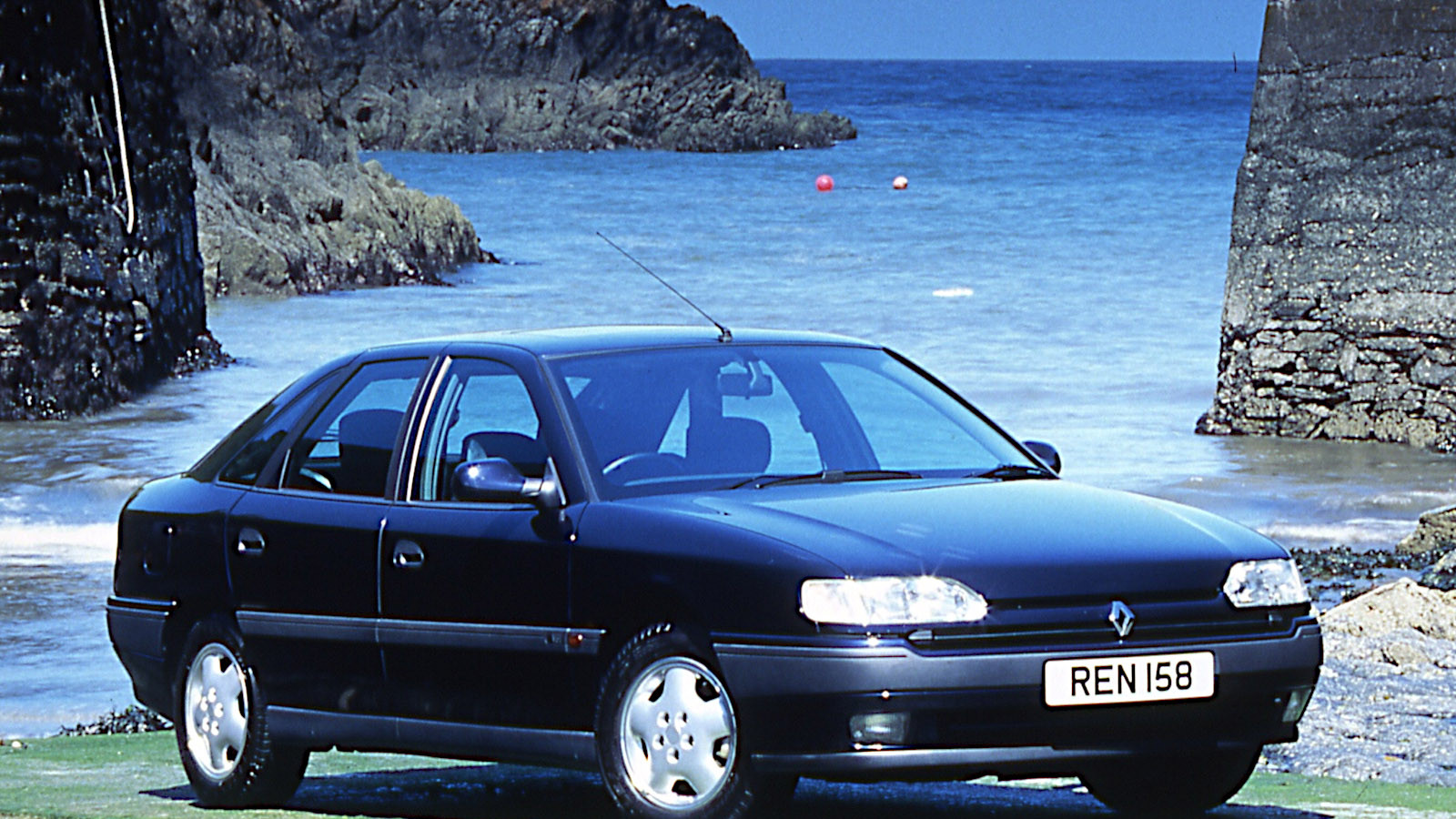 © Renault
© Renault -
 © Renault
© Renault
-
Forgotten diamonds?
Renault is one of the few-remaining car manufacturers whose history dates back to the 19th century.
Many models have come and gone since the first was sold to the public in 1899, and it’s the ones which are no longer around that we’re interested in here.
To keep things manageable, we’re restricting ourselves to Renaults which first appeared before 2000, and were on sale for more than five years.
They’re listed in chronological order, and that means we’ll be starting by firing up the time machine and travelling to the distant days of 1911.
-
1. Renault 40CV
Before nationalisation changed everything in the 1940s, Renault produced some grand cars, and none was grander than the 40CV.
Powered initially by a 7.5-litre straight-six engine, and later by one measuring 9.1 litres, it was not only luxurious, but fast enough to win the 1925 Rallye Monte-Carlo.
One year after that, a streamlined single-seater version set several speed records (including an average of 107.9mph for 24 hours) at the Montlhéry race circuit just south of Paris.
Production finally came to an end after 17 years in 1928.
-
2. Renault Nervastella
Revealed to the public at the 1929 Paris show, the Nervastella was second from the top of Renault’s range below the Reinastella, which replaced the 40CV.
The Nervastella’s straight-eight engine started out at 4.2 litres and was enlarged twice during production, eventually reaching 5.4 litres.
During the same period, the originally four-square styling became much more aerodynamic, as Renault followed the rapid change of design language in the 1930s.
Since this was also the Depression era, the Nervastella was not a big seller even among the wealthy, but it managed to survive until 1937.
-
3. Renault Vivastella
Another Renault to make its debut in 1929 was the Vivastella, a more luxurious (and expensive) version of the Vivasix, powered by the same straight-six engine.
As with the Nervastella, the engine was enlarged over the years, and there was a dramatic change to far more aerodynamic body styling in the middle of the decade.
Despite its extra cost, the Vivastella outlived the Vivasix (and, less surprisingly, the Nervastella), remaining in production until 1939.
-
4. Renault Primaquatre
Occupying a position roughly midway between the mighty 40CV and the tiny single-cylinder Renaults of the late 19th and early 20th centuries, the Primaquatre was a mid-sized family car for reasonably affluent buyers.
As the ‘quatre’ part of its name suggested, it was always powered by a four-cylinder engine, though by now you won’t be surprised to learn that it was larger at the end of its production run in 1941 (2.4 litres) than it had been 10 years earlier (2.1 litres).
Similarly, Renault practice in this period made it almost inevitable that the second-generation Primaquatre was more aerodynamic than the first, with less severe lines and headlights which, though not integrated into the bodywork, were at least closer to the front wings than before.
-
5. Renault Vivaquatre
The Renault Vivaquatre was mechanically similar to the Primaquatre, but significantly longer even in its standard form – and if more space was required, there was a long-wheelbase version, too.
Introduced in 1932, the car was given more modern body styling two years later, and the originally 2.1-litre engine was enlarged to 2.4 litres two years after that.
Some Vivaquatres had seven seats, and this made them very popular among taxi operators.
In fact, Vivaquatre taxis were still to be seen on the streets of Paris in the 1960s, long after production had come to an end in 1939.
-
6. Renault Juvaquatre
Officially unveiled at the Paris show in 1937, the Juvaquatre was a thoroughly modern Renault, with independent front suspension, while the bodywork was all-steel and relatively streamlined, by the standards of the age.
Always powered by engines measuring one litre or smaller, it was offered as a saloon, an estate, a van and – for taxi purposes – an extraordinary-looking compact MPV, as that particular body style would have been described decades later.
The estate and van became very significant in the immediate post-war era, when small Renaults all had rear-mounted engines which would have taken up valuable load space, and were therefore not suitable for conversion.
For that reason, Juvaquatres of these types (latterly renamed Dauphinoise) were still being manufactured as late as 1960, just before the front-engined Renault 4 rendered them superfluous.
-
7. Renault 4CV
The 4CV set a pattern for small post-war Renaults which was not completely abandoned until the 1970s.
Most significantly, this was the first of the marque’s cars which had its engine – the celebrated little four-cylinder Billancourt – mounted behind the rear axle, like the earlier Volkswagen Beetle and the later Fiat 500 and 600, Hillman Imp, Simca 1000 and Chevrolet Corvair.
Developed during the Second World War, the 4CV entered full-scale production in August 1947.
In July 1961, the 1,105,547th and last example left the factory (also called Billancourt), which was comprehensively refitted so that it could start producing the Renault 4 less than a month later.
-
8. Renault Colorale
The Renault Colorale (whose name combines the French words for colonial and rural) was a rugged machine sold as a pick-up truck, a van and an estate, the latter described by the marque, rather ambitiously, as ‘undoubtedly the first SUV in modern motoring history’.
A pick-up and an estate were used in an expedition led by writer Jean Raspail, whose team arrived in Fairbanks, Alaska in May 1952, having started their journey more than 10,000 miles further south in Tierra del Fuego.
Powered by either a 2-litre or a 2.4-litre four-cylinder petrol engine, the Colorale was slow and heavy, but also robust and practical, with room for seven inside the estate, and was even available with four-wheel drive in some cases.
Production began in 1950 and lasted for seven years, but today it’s very much less well-known than other Renaults of the same period.
-
9. Renault Frégate
As France recovered from the Second World War, it became clear that Renault needed a new mid-sized family car to act as an indirect replacement for the Primaquatre.
In the planning stages for what became the Frégate, the company considered mounting the engine in the rear (as it was already doing with the 4CV), and built at least one prototype with this layout, but eventually went for the more conventional, front-engined, rear-wheel-drive arrangement.
Frégate is the French word for frigate, and was chosen in response to the use of the similarly naval Vedette for another saloon built in France by Ford.
Produced from the last week of 1951 until April 1960, the Frégate was only a moderate success, and has the unfortunate distinction of being part of a dark episode in Renault’s history.
Pierre Lefaucheux, the marque’s first post-war leader, had planned to make a business trip to Strasbourg by train in February, but decided at the last minute to take a Frégate instead, and was killed when the car overturned after hitting a patch of ice near Saint-Dizier.
-
10. Renault Dauphine
The Renault Dauphine was effectively the successor to the 4CV, though the two models were produced together for several years.
Powered by an enlarged, though still rear-mounted, 845cc version of the older car’s Billancourt engine, it was very successful in motorsport (especially in Gordini form) and a huge sales hit – notably, at least to begin with, in the US.
Americans lost patience with it after discovering its tendency to rust, and the resulting collapse in export sales all but brought Renault to its knees at the turn of the 1960s.
Despite that, the Dauphine survived well into the following decade – more than two million were produced, including several built by, and carrying the branding of, Alfa Romeo.
-
11. Renault Caravelle
Also known as the Floride in its early years, the Caravelle was based on the Dauphine but had a two-door coupé or convertible body, and was therefore similar in concept to Volkswagen’s Beetle-based Karmann Ghia.
It made its debut at the 1958 Paris show, went into full-scale production the following year, and in 1962 became the first Renault passenger car to have the old Billancourt engine replaced by the larger and more modern Cléon-Fonte.
Popular in the US, the Caravalle remained part of Renault’s line-up until 1968.
-
12. Renault Estafette
Like the Citroën H Van, the Renault Estafette became part of French culture.
Available as a van, a pick-up and a camper, it was Renault’s first front-wheel-drive vehicle, powered at its launch in 1959 by the Billancourt engine.
Like the Caravelle (an almost completely different machine in most respects), it received an upgrade to the Cléon-Fonte engine in 1962.
This happened very early in the history of a model which was so popular, and suited its intended purpose so well, that Renault was able to keep building it until 1980.
-
13. Renault 4
Although the Estafette was the first front-wheel-drive Renault of any type, the 4 was its first passenger car with this layout.
It was an enormous and immediate hit, which was just as well, because the company was in serious trouble when it was launched because of plummeting sales in the US.
In fact, there’s a case for saying that if it hadn’t been for the 4, Renault would not still be around today.
The millionth Renault 4 was built in August 1961, just four and a half years after the first left the factory, the two millionth coming eight years after that, and production continued until 1992 with only relatively minor updates.
-
14. Renault 8
Having introduced two front-wheel-drive models in the previous three years, Renault reverted to the rear-engined layout for the 8.
Launched in 1962, it wasn’t the first model powered by the Cléon-Fonte engine, but it was the first designed from the outset to use it.
Like earlier small Renaults, it was very effective in motorsport, especially when tuned by ‘the sorceror’ Amédée Gordini.
By the 1970s, its layout was starting to feel anachronistic, but Renault continued building it until 1973 in France and 1976 in Spain.
-
15. Renault 10
The 10 was simply an 8 with longer overhangs, unnecessary at the rear (except for aesthetic reasons) but providing extra luggage space at the front.
Unlike the 8, which looked more or less the same throughout its production life, the 10 was facelifted after two years, a process which included replacing the original round headlights with rectangular ones.
Before that happened, the 10 was advertised rather apologetically in US magazines under the headline ‘The Renault for people who swore they would never buy another one’, in an attempt to win back customers disappointed by the Dauphine and the dealers who sold it.
Having been launched three years after the 8, in 1965, the 10 was discontinued first, in 1971.
-
16. Renault 16
Although it is now regarded as the first modern hatchback, that term was not in use when the Renault 16 arrived in 1965, and reviewers struggled to describe something that was neither a saloon nor an estate car, but something in between.
A year after its launch, it became the first French (and indeed first non-British) model to be given the Car of the Year award, beating, of all things, the Rolls-Royce Silver Shadow into second place.
It was also the first car powered by the new Cléon-Alu engine, which later appeared in both the Lotus Europa and the World Rally Championship-dominating Alpine A110.
The 16 itself was not a performance car, but it was very highly regarded in all other areas, and stayed on the market for a decade and a half before being discontinued in 1980.
-
17. Renault 6
Although the 4 was spectacularly popular, and the 8 reasonably so, Renault felt the need to add another small car to its range in 1968.
Development of the 6 was relatively simple, since it was a larger derivative of the 4.
As such, it started out with the old Billancourt engine, which soon proved to be inadequate – it was joined by the more suitable Cléon-Fonte in 1970.
Production ended in 1980 in France, but continued until 1986 elsewhere.
-
18. Renault 12
Like the 4, the 6 and the 16, the Renault 12 was front-wheel drive, but unlike any of them its engine (either the Cléon-Fonte or the Cléon-Alu) was mounted ahead of the front axle rather than behind it.
This helped to maximise interior space, which was one of the car’s major selling points.
The 12 was available as a saloon, an estate or a van, and there was a high-performance Gordini version for people who liked that sort of thing.
French production began in 1969 and ended in 1980, but Dacia was still producing a pick-up derivative as late as 2006.
-
19. Renault Rodeo
Based on the same idea as rival Citroën’s Méhari, the Rodeo was a utilitarian vehicle with a plastic body, and the chassis and running gear of the 4.
Most versions were front-wheel drive, but the Rodeo, like the Méhari, was also available with four-wheel drive.
Built by the ACL company, which was later renamed Teilhol, it was introduced in 1970 and discontinued several generations later in 1987.
-
20 and 21. Renault 15 and 17
The first Renaults with odd-number titles since the short-lived 3 (an extremely basic version of the 4) were both coupé versions of the 12, differing only in terms of detail styling and the fact that the 17 (pictured) had a Gordini variant and the 15 didn’t.
They were also the first sporting Renaults since the Caravelle, and might have been released earlier if the company hadn’t been concentrating on more mainstream models.
“We first had to make sure of our bread,” said company boss Pierre Dreyfus, who had picked up the baton prematurely dropped by Pierre Lefaucheux. “The butter could afford to wait a little.”
Although the appeal of the cars lay in their styling rather than their performance, 17 Gordinis finished first, third and sixth in the 1974 Press-on-Regardless rally, the US round of the World Rally Championship.
This wasn’t a case of doing well against minimal opposition – other cars in the top 10 included three Alpine A110s, a Fiat 124 Abarth and a Porsche 911.
-
22. Renault 5
In 1970, Renault’s small-car range consisted of the 4 and the 8, which were both nearly a decade old, and the 4-derived 6, which might as well have been.
Bernard Hanon suggested that a smarter model with greater appeal to younger drivers was needed. Pierre Dreyfus agreed, and gave the project the green light.
The 5, which could be called Renault’s first supermini as we now understand the term (though it was advertised as a supercar, which didn’t mean then what it means today), was launched two years later, and was triumphantly successful.
A second 5, mechanically very different but echoing the design of its predecessor, arrived in 1984, and would have been followed by a third in 1990, if a change in naming policy hadn’t led Renault to call it Clio instead.
-
23. Renault 7
The 7 is not well known outside Spain, where it was built by the independent FASA-Renault (now a subsidiary called Renault España).
Spanish car buyers were less keen on hatchbacks than their counterparts elsewhere in Europe, so the 7 was developed as a four-door saloon version of the 5.
Longer than the 5 in either of its generations, the 7 was launched in 1974 and discontinued 10 years later.
-
24 and 25. Renault 20 and 30
These executive-class hatchbacks were essentially the same car, except for some styling differences (rectangular headlights on the 20, round ones on the 30), plus better equipment and more powerful engines in the latter.
The 30 (pictured) was available with the 2.7-litre V6 engine co-developed and used by Peugeot and Volvo as well as Renault, which also powered the De Lorean DMC-12.
The 20, meanwhile, had the distinction of being the first Renault available with a diesel engine.
Production lasted from 1975 to 1984, and included a very small number of Romanian derivatives known as Dacia 2000.
-
26. Renault 14
The 14 was the only Renault ever fitted with a small four-cylinder petrol engine known as the X-type, and more commonly used in Citroëns and Peugeots.
It was mounted transversely (a first for Renault), and the car as a whole was unusual for its time in that it was designed on a computer.
A family hatchback intended as a rival to the outstandingly more successful Volkswagen Golf, it had a strange shape which led to it being nicknamed la poire, which means ‘pear’ but also has unfortunate connotations in French slang.
Generally, the 14 is not regarded as Renault’s finest work, and although around a million examples were manufactured from 1976 to 1983, there are very few left today.
-
27. Renault 18
Strictly speaking, the Renault 18 was the successor to the 12, though the latter remained in production for two years after the former was launched in 1978.
Like the 12, it was available both as a saloon (still just about acceptable for a medium-sized family car of the period) and as an estate.
Unlike the 12, but appropriately for a car built by the company which had recently reintroduced forced induction to Formula One, it was also available with a reasonably powerful, turbocharged, petrol engine and a more modest turbocharged diesel.
Production continued until 1989, which meant that for a while the 18 was on sale at the same time as its successor, the 21.
-
28. Renault Fuego
Renault used the Spanish word for ‘fire’ for its first new model since the Caravelle with a name rather than a number.
The Fuego, successor to the 15 and 17 coupés, was related to the 18, but looked very different thanks to its aerodynamic bodywork, designed by Michel Jardin.
The two cars had the same range of engines, the most exciting of course being the 1.6-litre unit that powered the Fuego Turbo.
Notable for being one of the first cars with remote central locking, the Fuego was manufactured from 1979 to 1985 in France, and from 1982 to 1992 in Argentina.
-
29 and 30. Renault 9 and 11
Introduced in numerical order, the 9 and 11 were, respectively, four-door saloon and three- or five-door hatchback versions of the same car, which replaced the 14.
In the US, re-engineered versions were sold as the Alliance and Encore, an arrangement made possible by Renault’s part-ownership of the American Motors Corporation.
The Renault 9 was named Car of the Year in 1982, before the 11 (pictured) was launched, and both models were available in high-performance Turbo forms.
Production in France ended in 1989, after 6.3 million examples had been built, but continued elsewhere well into the 1990s.
-
31. Renault 25
The Renault 25 was the single-model replacement for the 20 and 30, and looked less like a hatchback than either of them, even though that’s actually what it was.
All the available engines measured 2 litres or more, but there was still a wide range of them, the most powerful being the 2.5-litre V6 turbo which latterly produced more than 200bhp.
In all, 780,976 Renault 25s were produced from 1984 to 1993, a figure which does not seem to include the derivatives sold in the US as the Eagle Premier and the fifth-generation Dodge Monaco.
-
32. Renault 21
The Renault 21 replaced the 18 in 1986, and was replaced in turn by the Laguna eight years later, though it remained in production for a little longer outside France.
It was available as a saloon, a hatchback and an estate, and once again there was an American equivalent, this one known as the Eagle Medallion.
Forced induction and four-wheel drive were included in the range, both of them together in the single case of the 21 Turbo Quadra.
-
33. Renault 19
The 9 saloon and 11 hatchback were replaced in 1988 by the 19, which was offered with both body styles and also as a convertible.
This was the last Renault introduced in the 20th century to be identified by a number rather than a name, though Chamade was used for the saloons in the early days.
The engine line-up included a new motor called the Energy, which came in 1.2- and 1.4-litre capacities.
The Megane officially took over from the 19 in 1995, though, as usual, production of the older model continued for a little longer in some countries.
-
34. Renault Safrane
Arriving in 1992 as a replacement for the Renault 25, the Safrane suffered from a general preference for German marques among buyers of large family cars.
Even the 3-litre V6 four-wheel-drive Biturbo didn’t make much of an impression – of the 310,000 Safranes Renault built, only 806 were Biturbos.
The model was discontinued in 2000 and indirectly replaced two years later by the far less conventional Vel Satis.
The Safrane name survived a little longer, being applied in some markets to models sold in the 21st century.
-
35. Renault Laguna
The 21 was produced in just a single generation, but the Renault Laguna which replaced it in 1994 survived for three.
It was always available as a hatchback and an estate, and latterly also as a coupé.
The engine range was extensive, and always included a petrol V6, measuring 3 litres in the first two generations and 3.5 litres in the third.
What might have been the fourth Laguna, introduced in 2015, was instead named Talisman.
